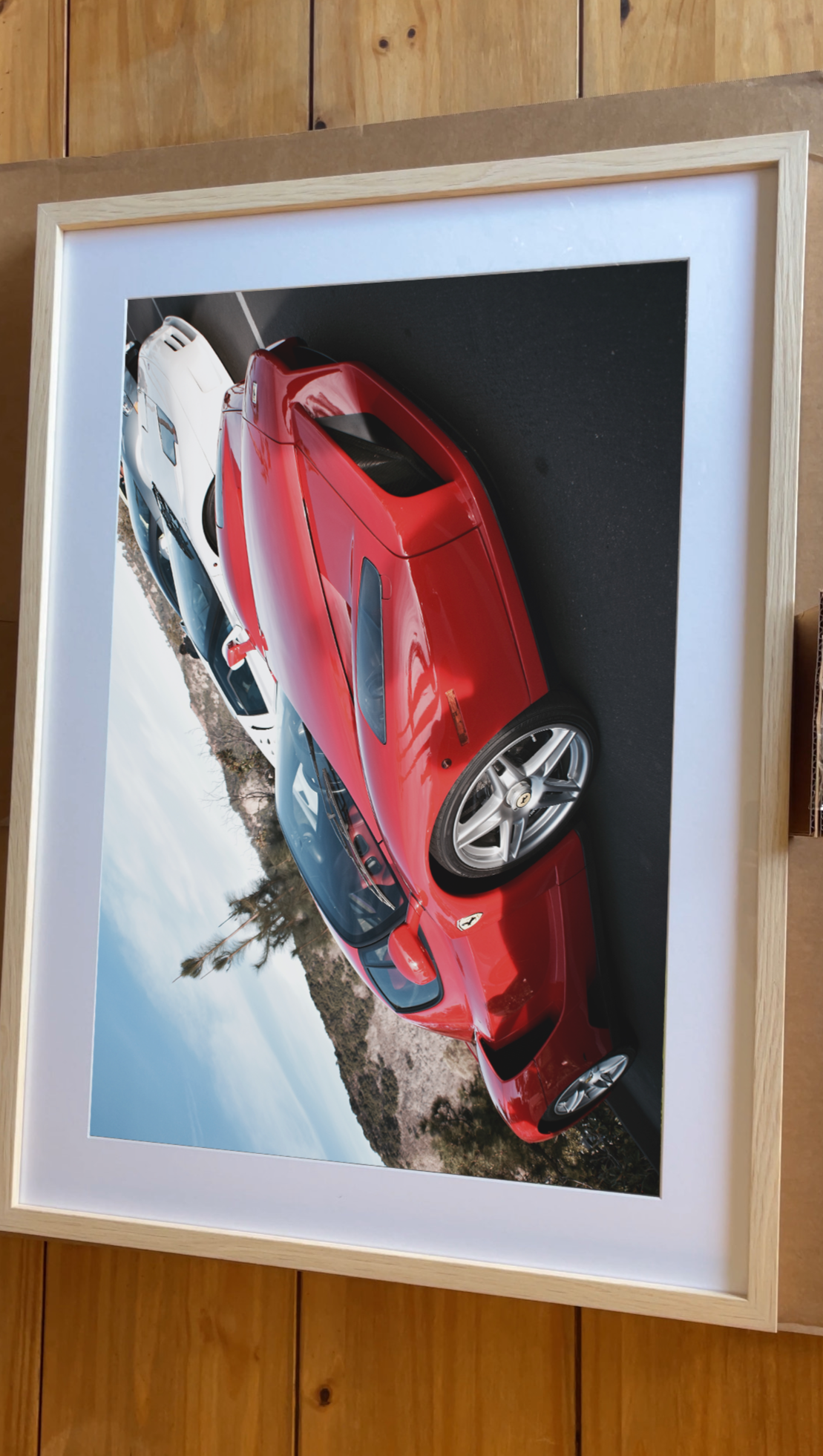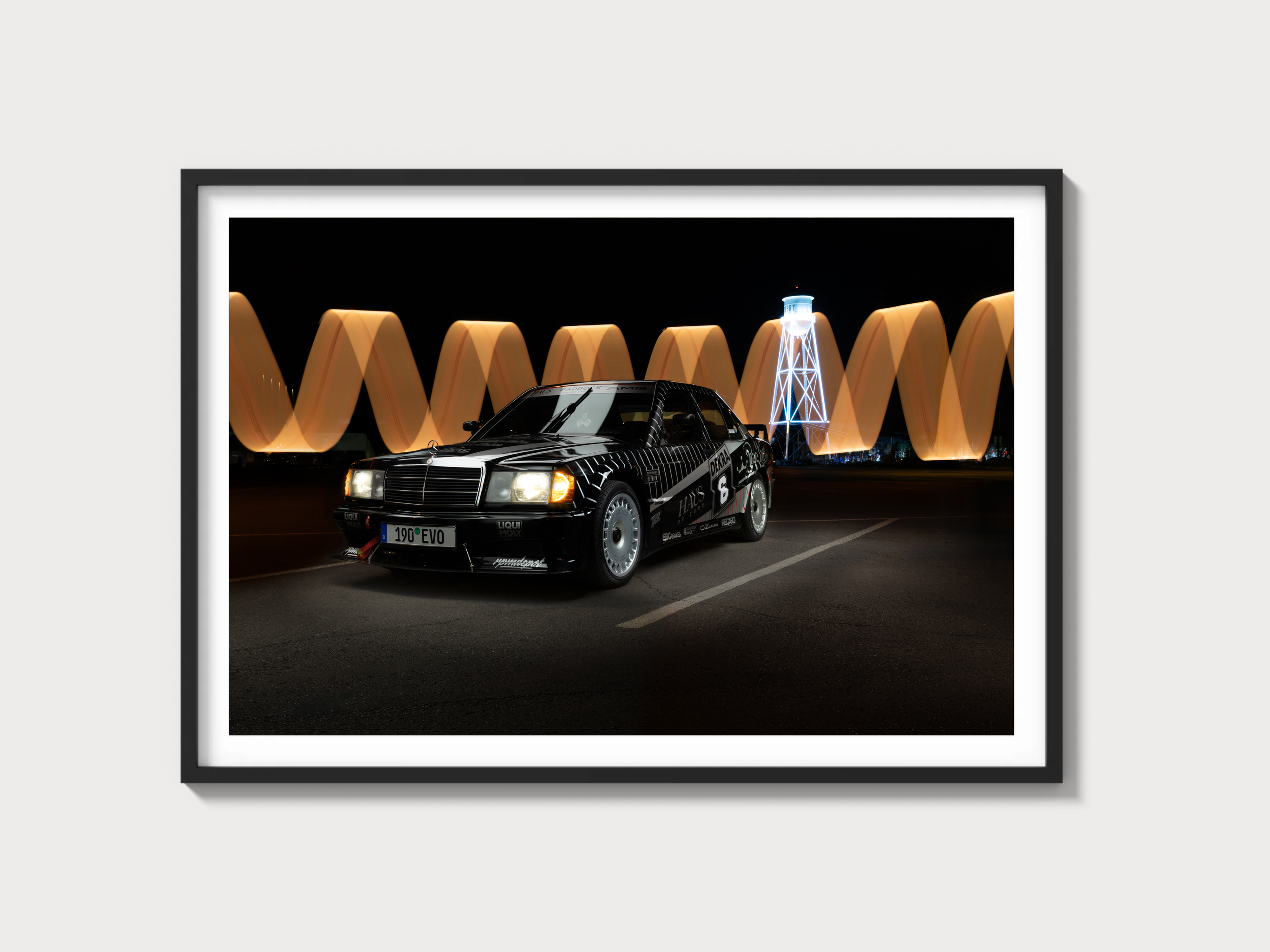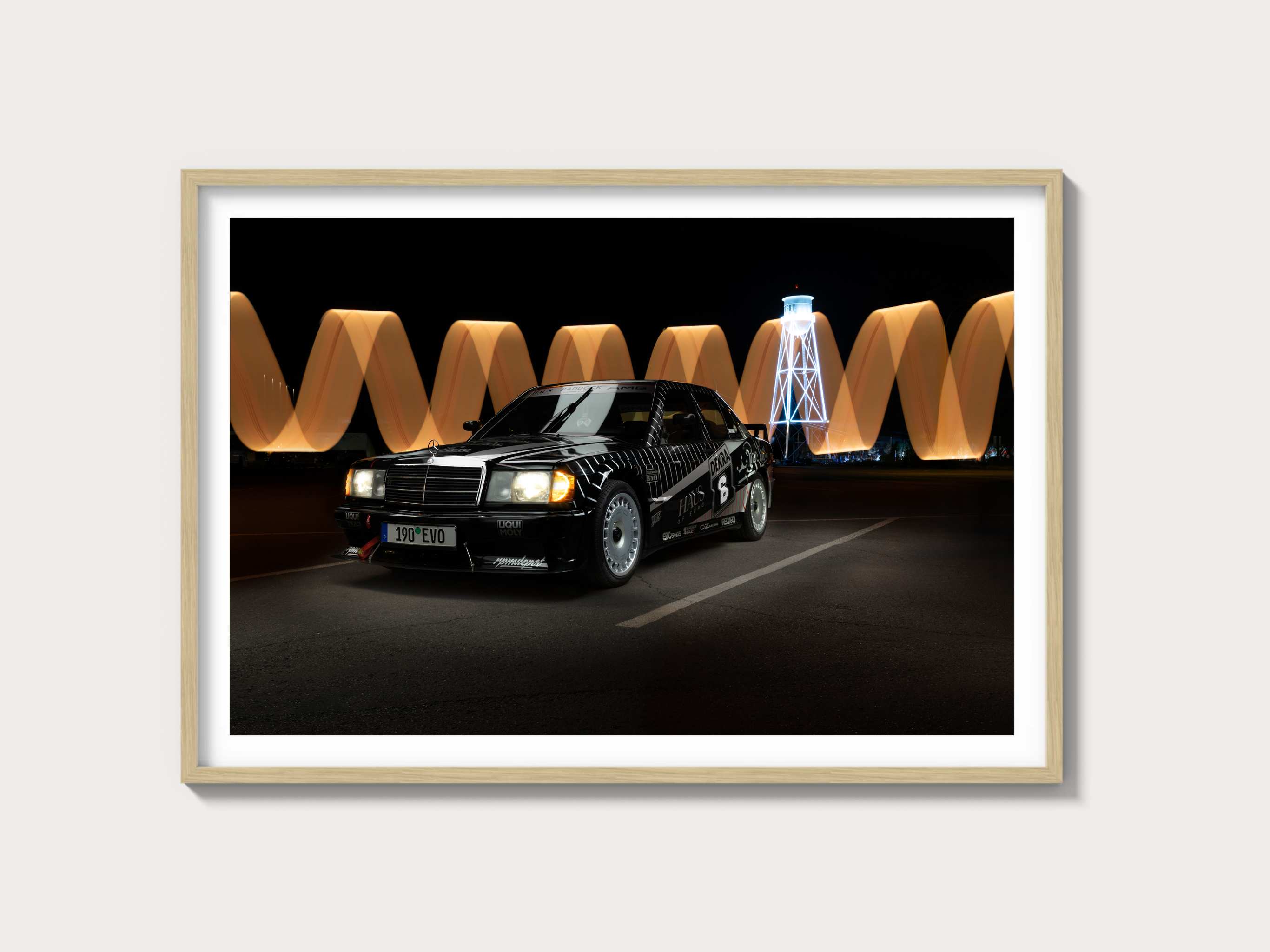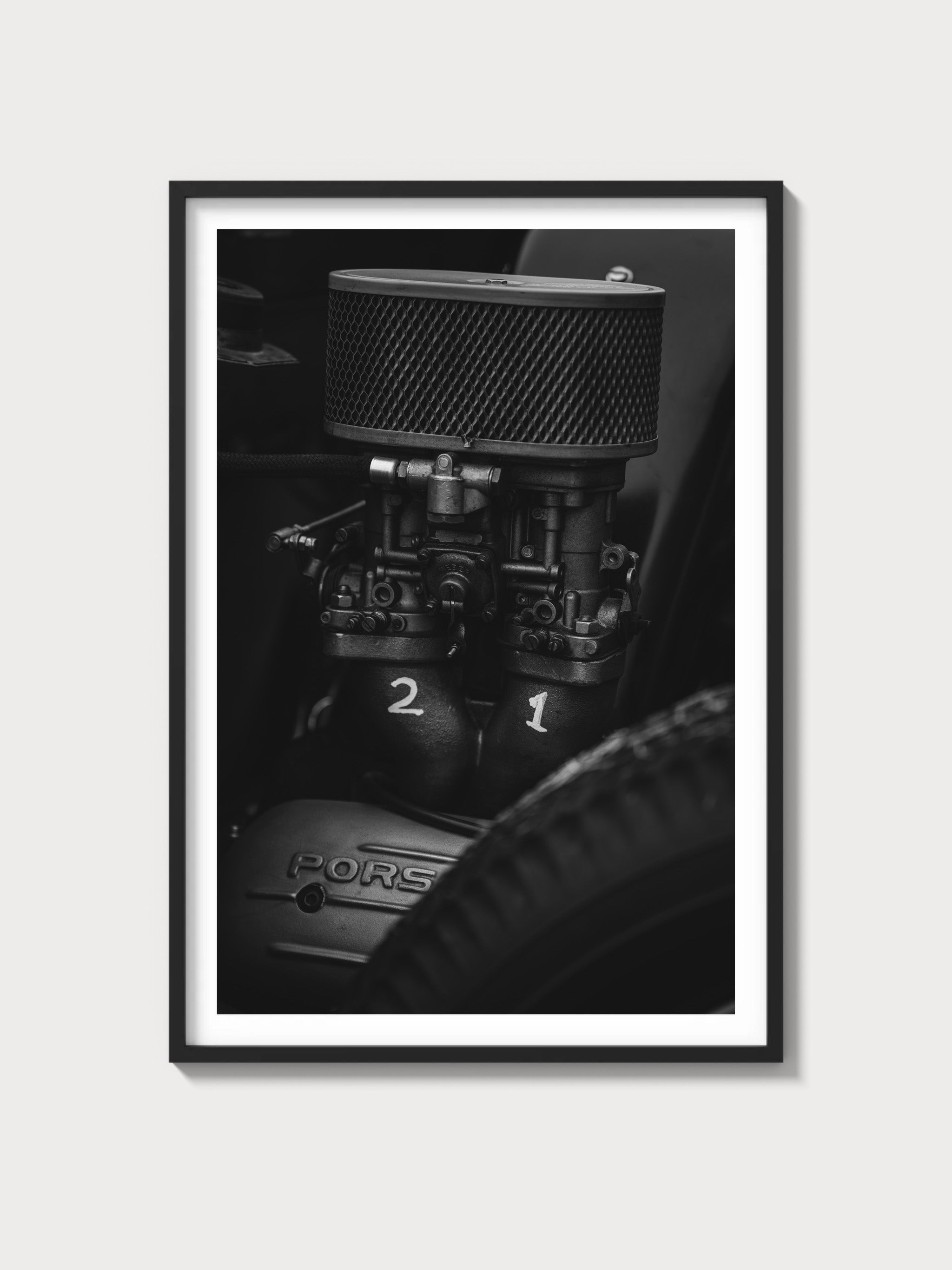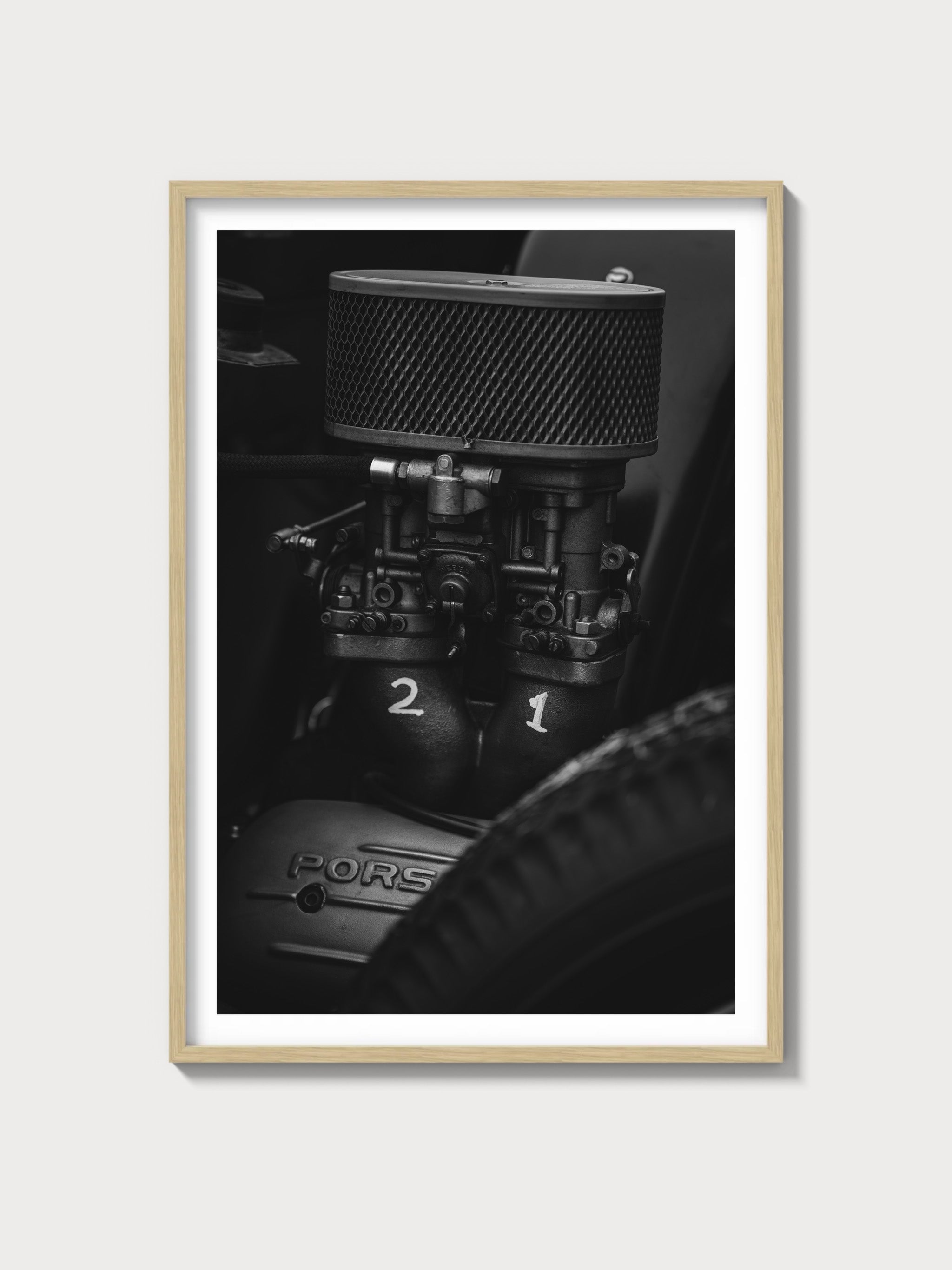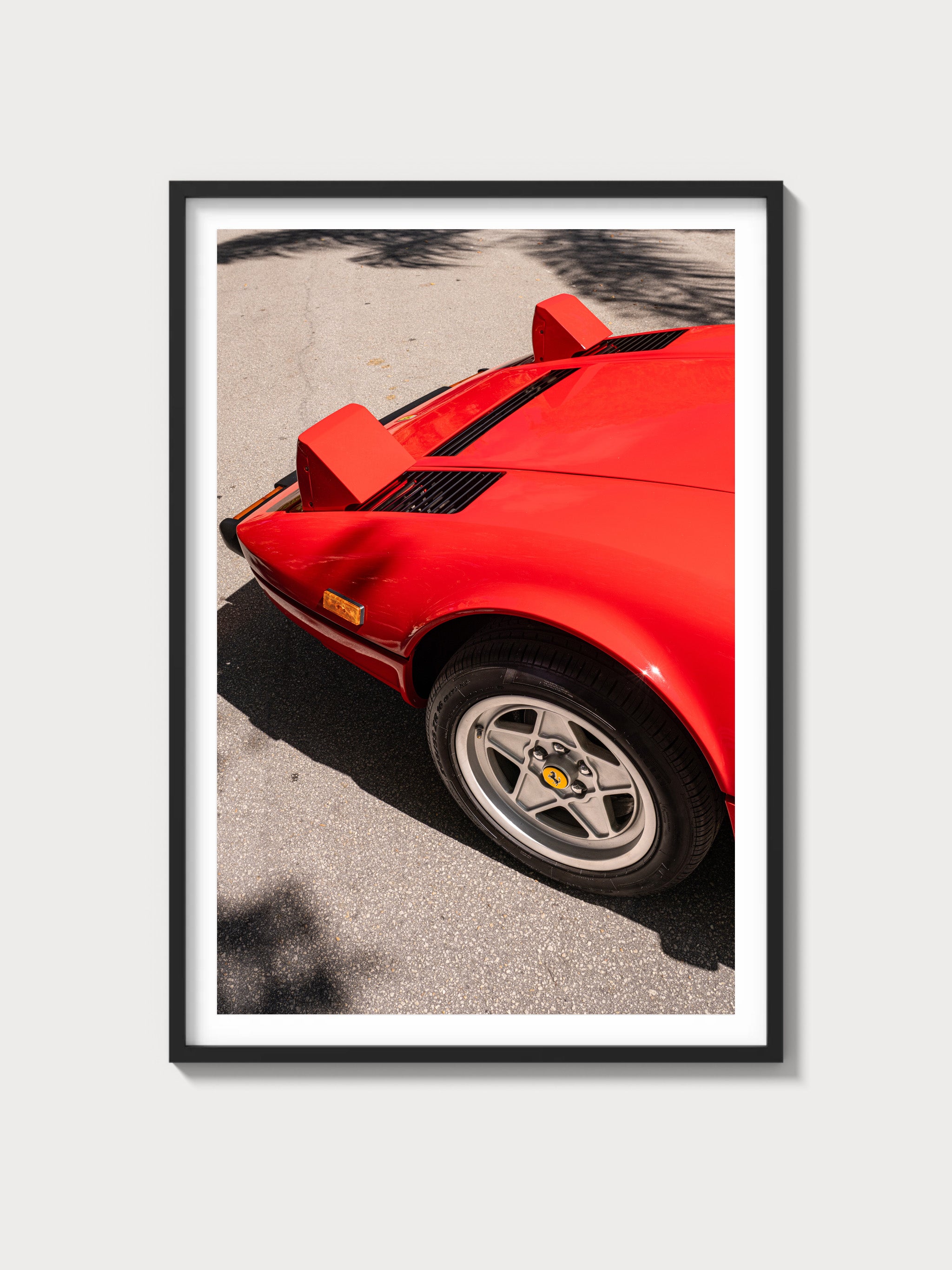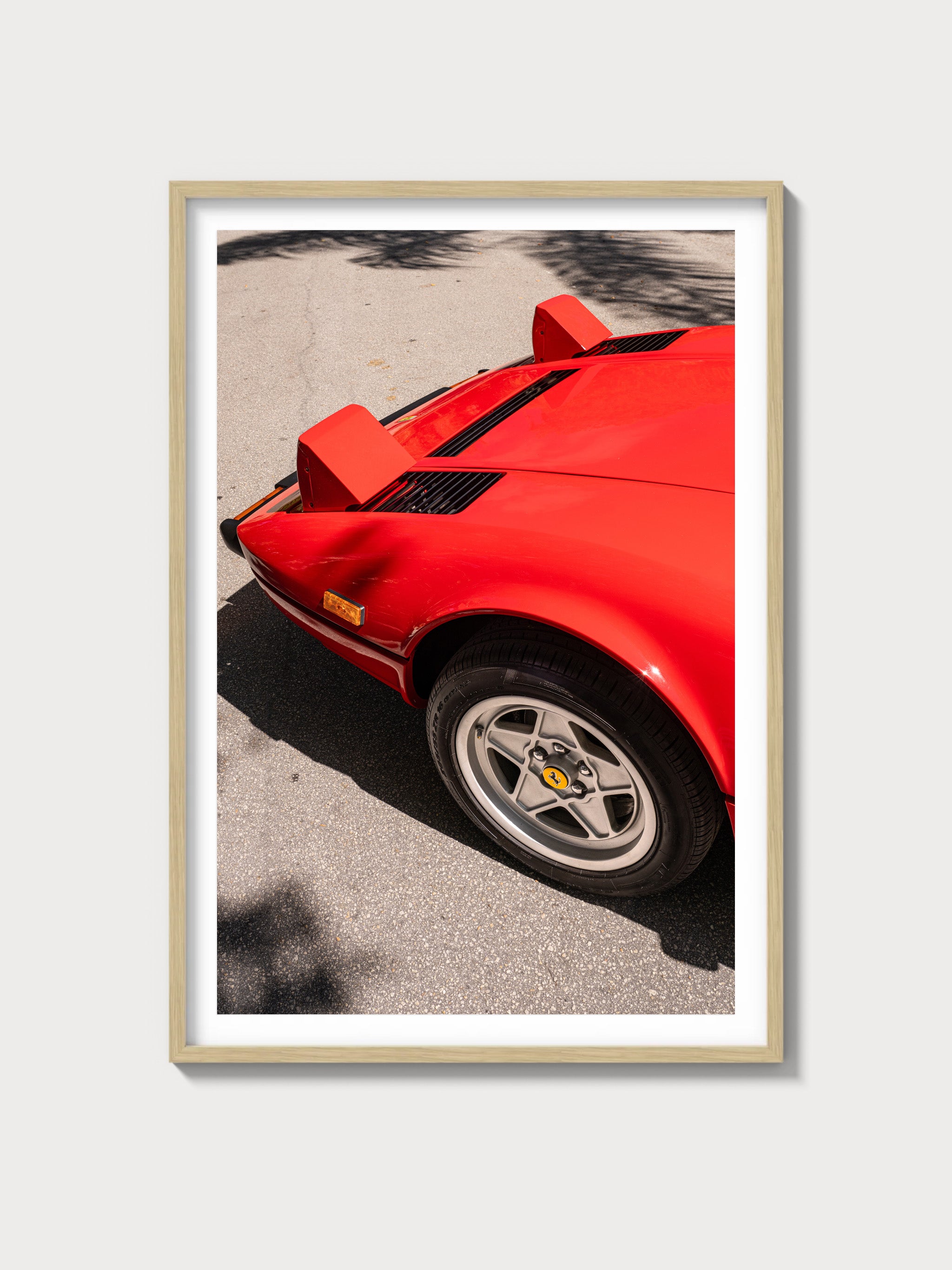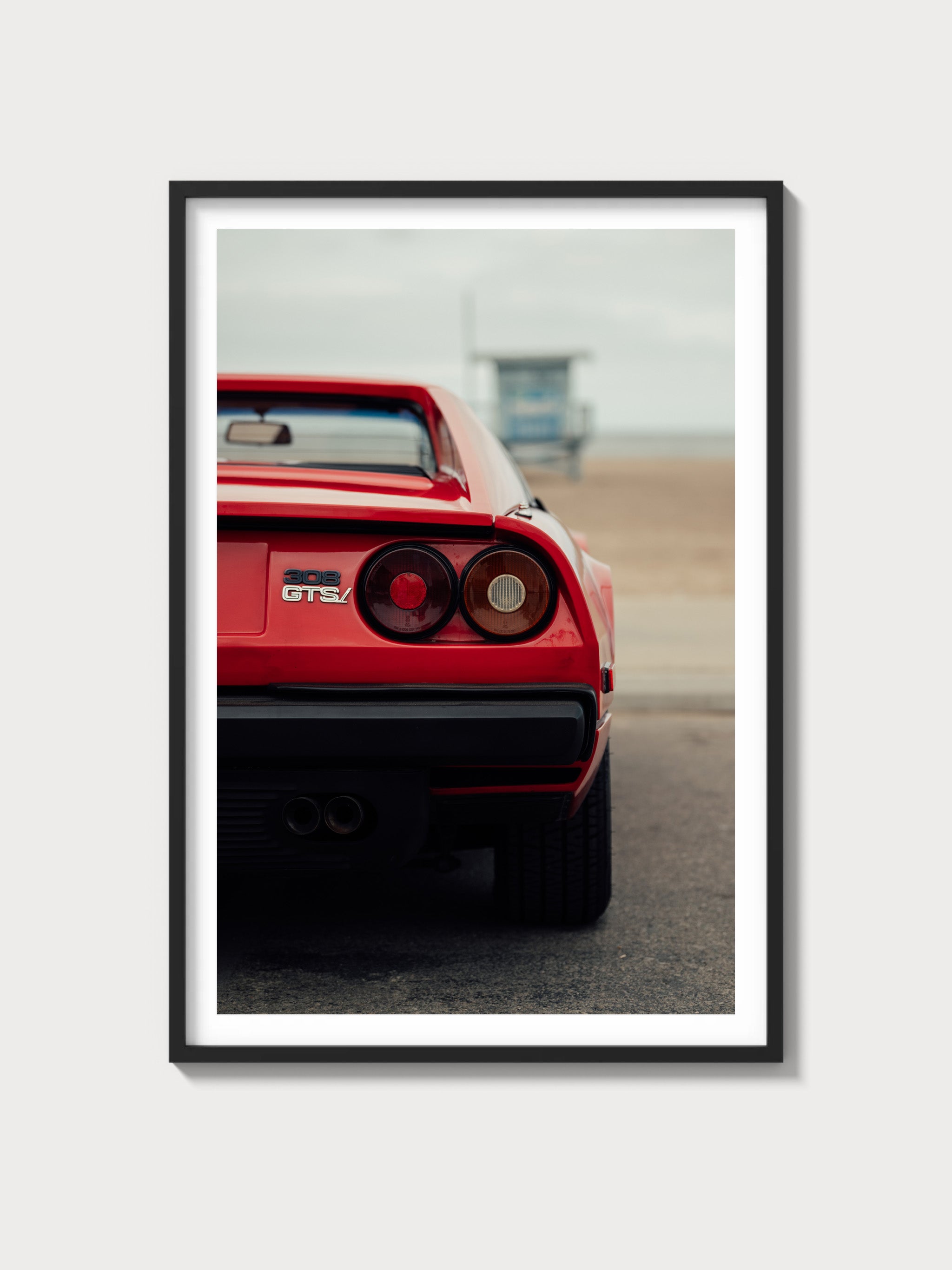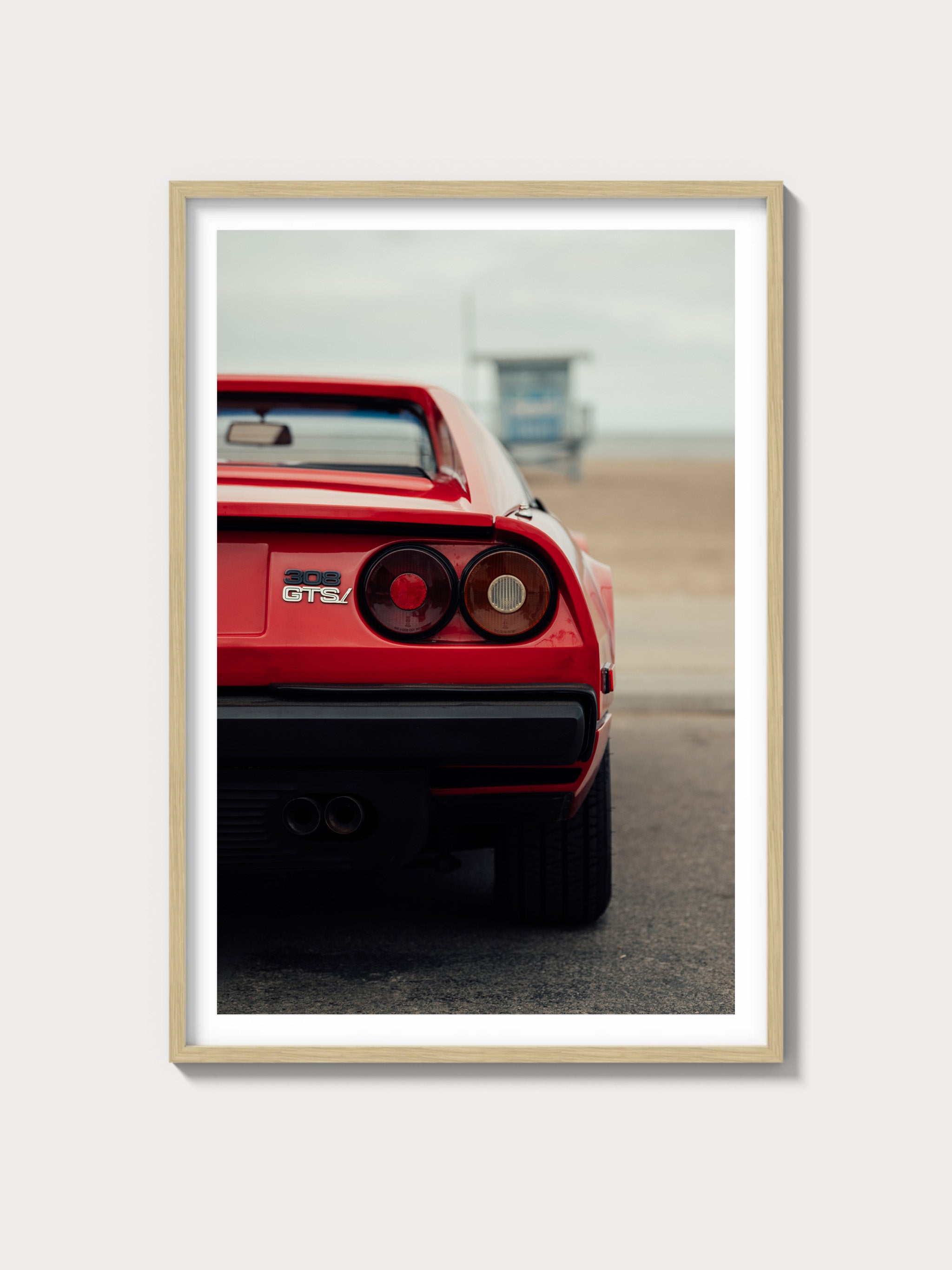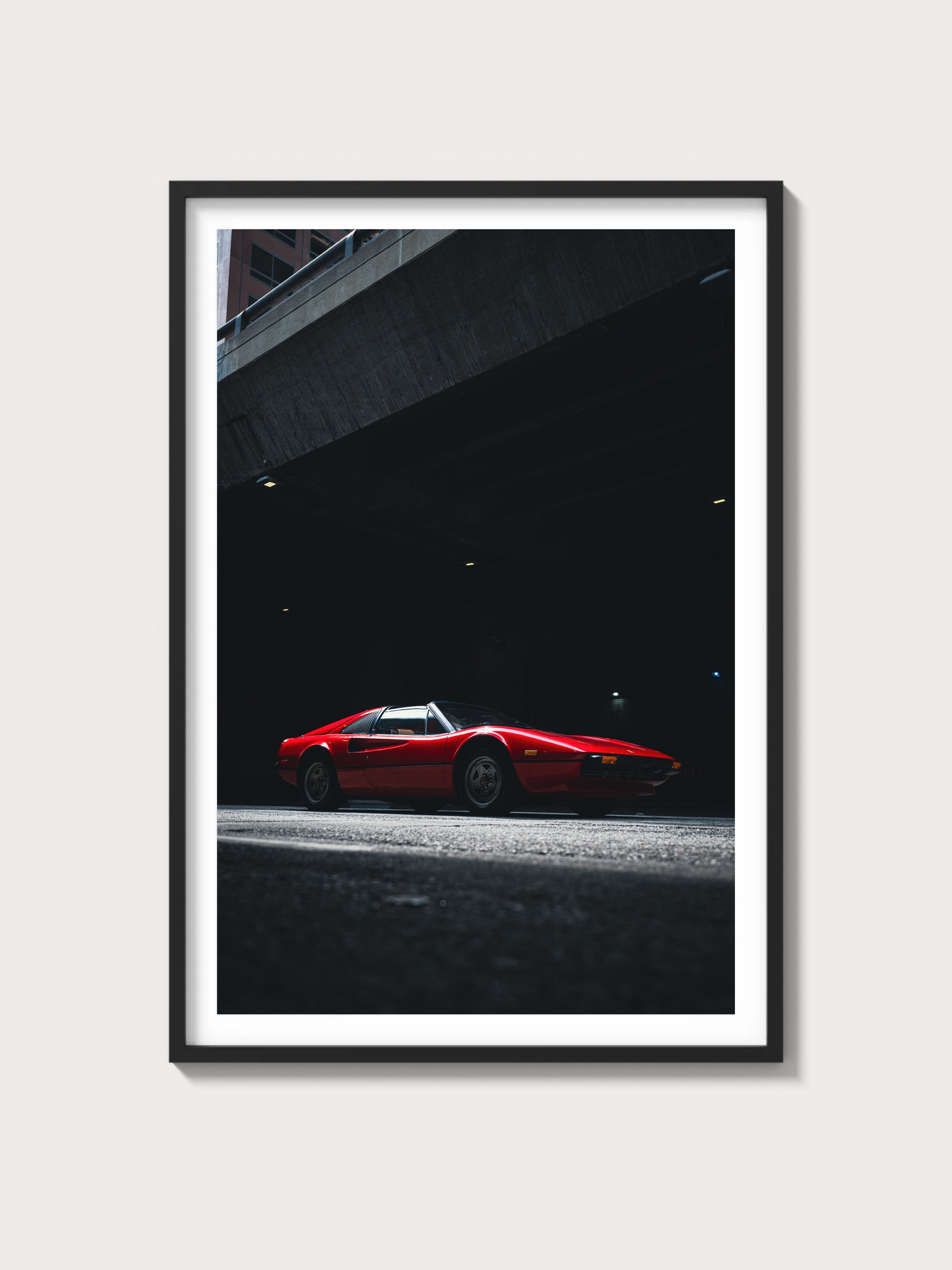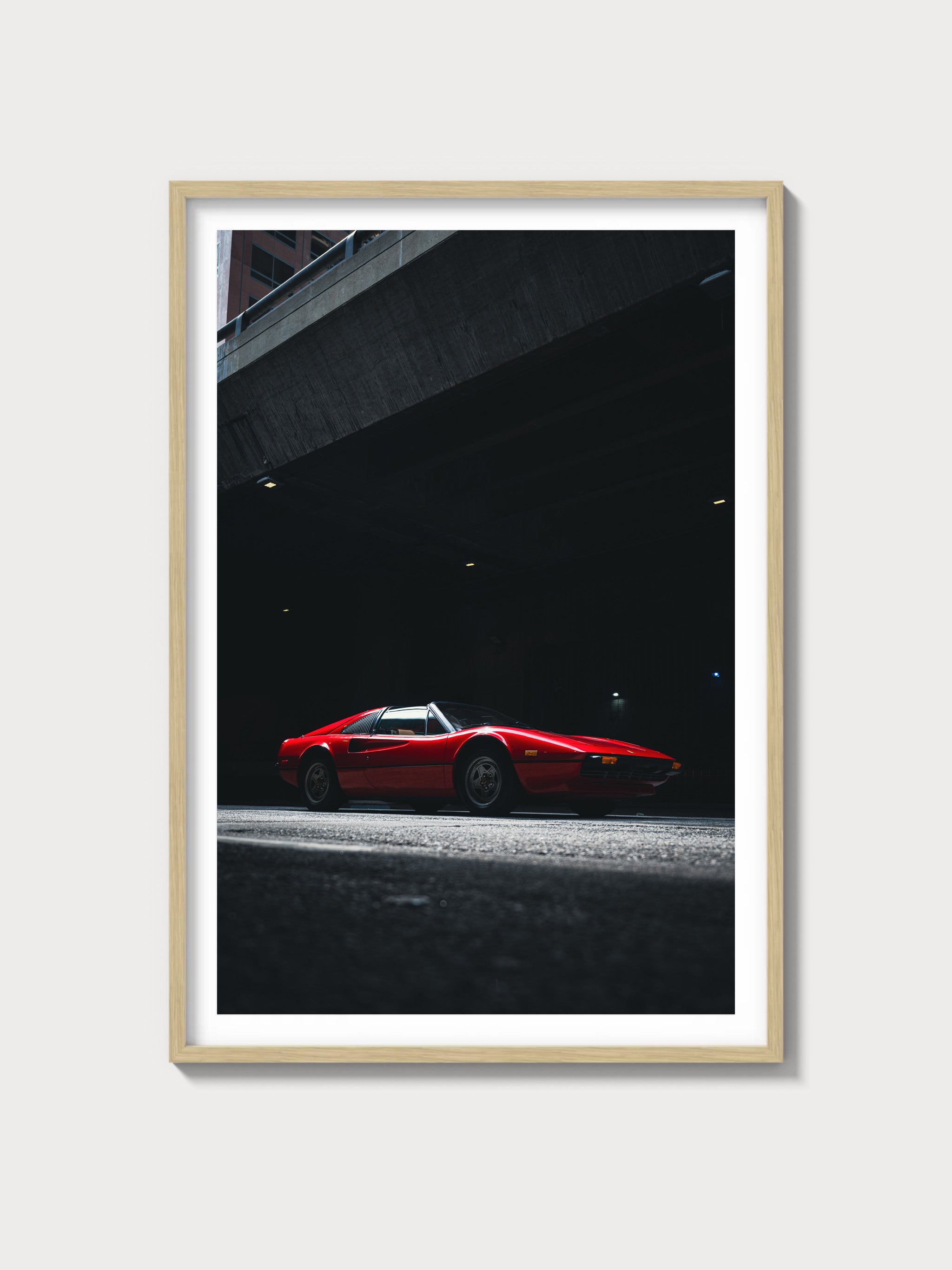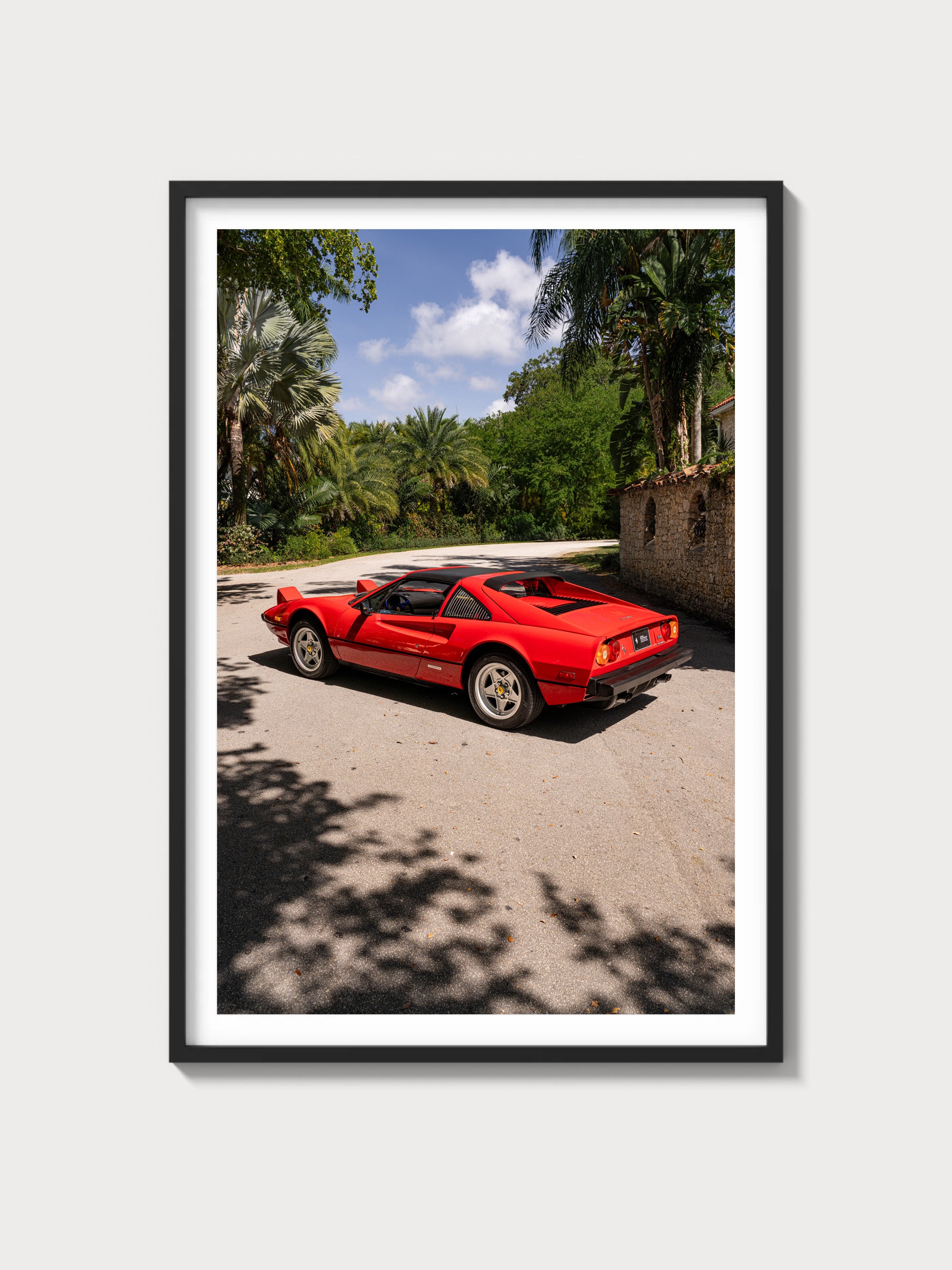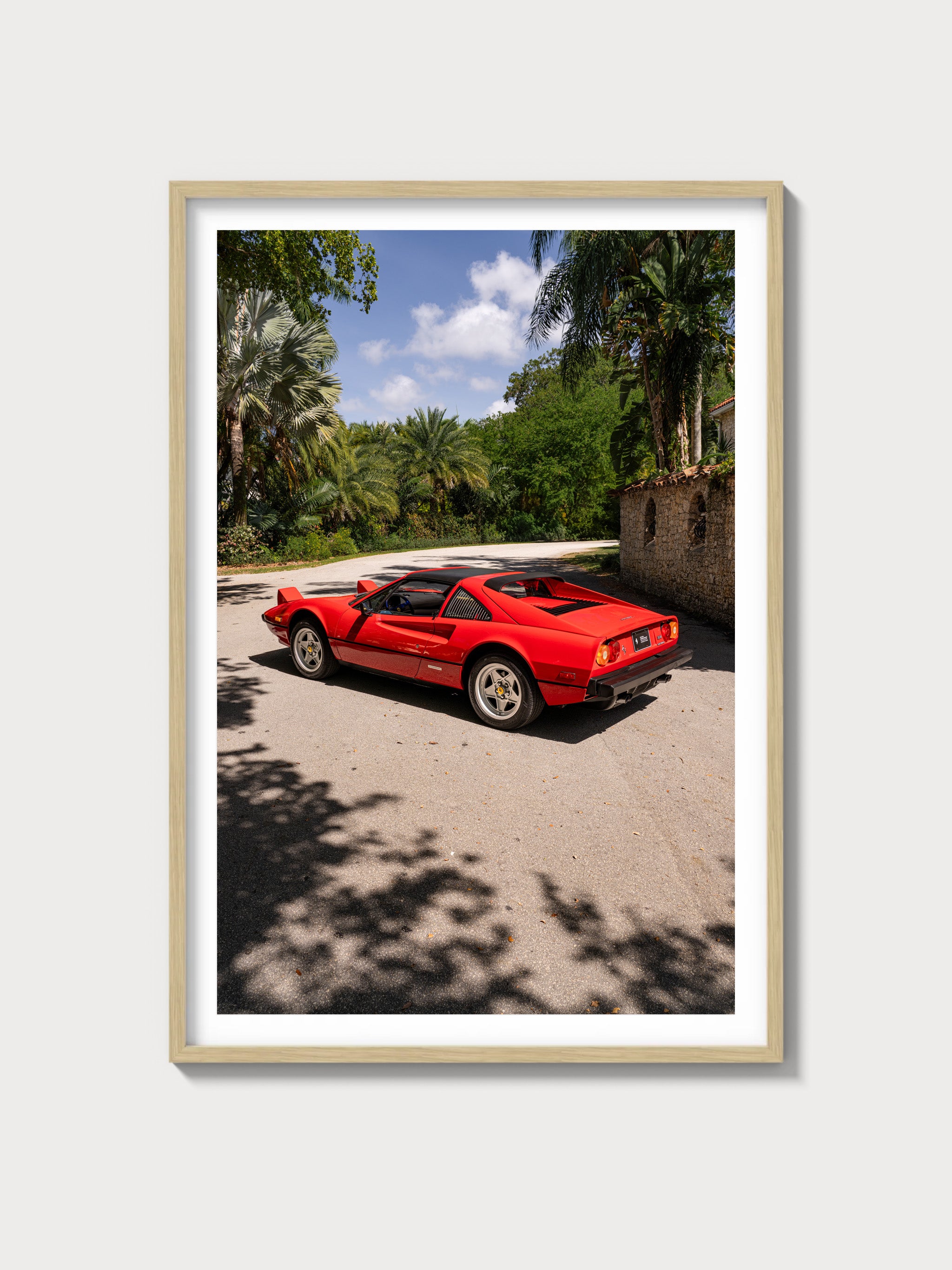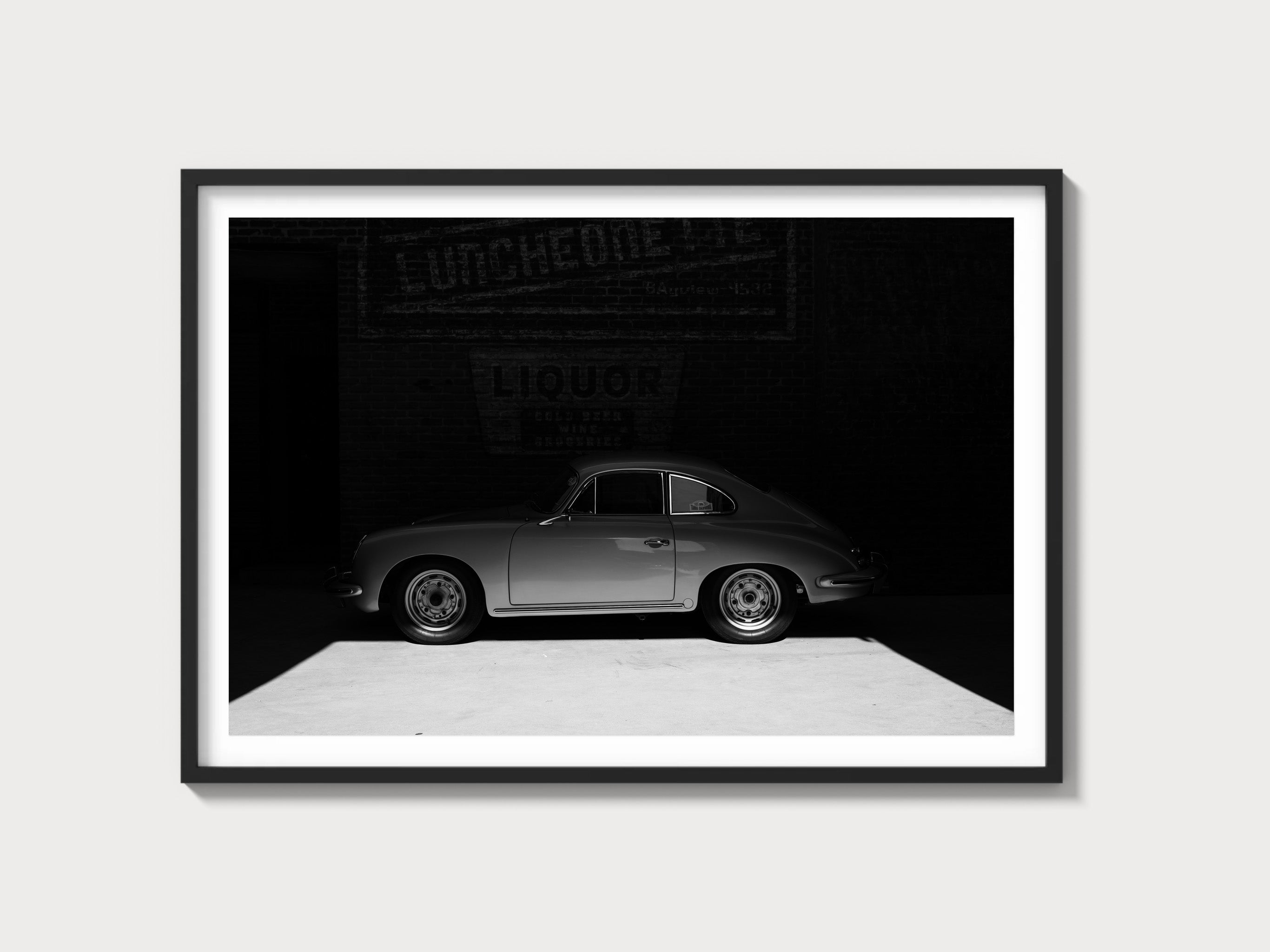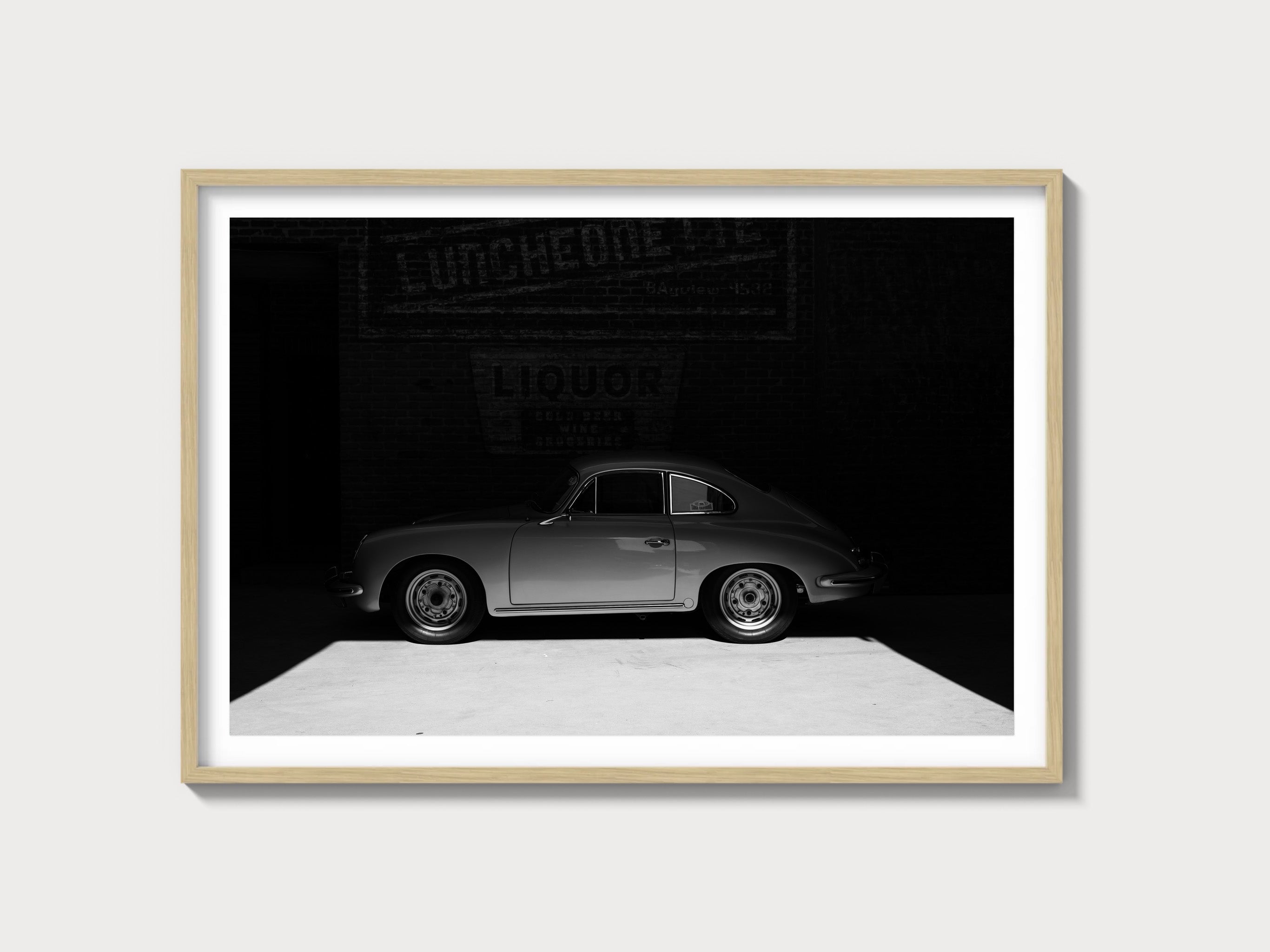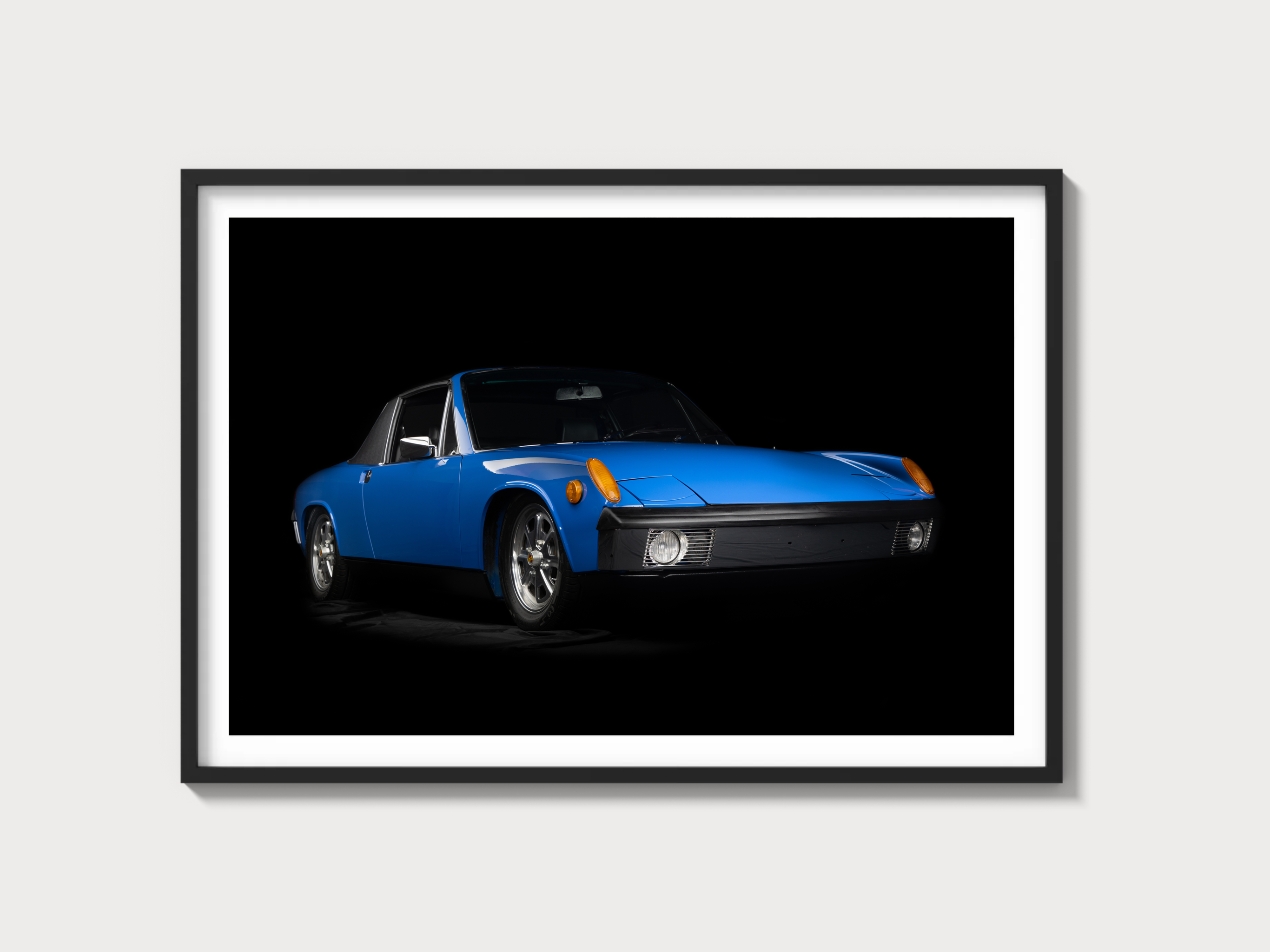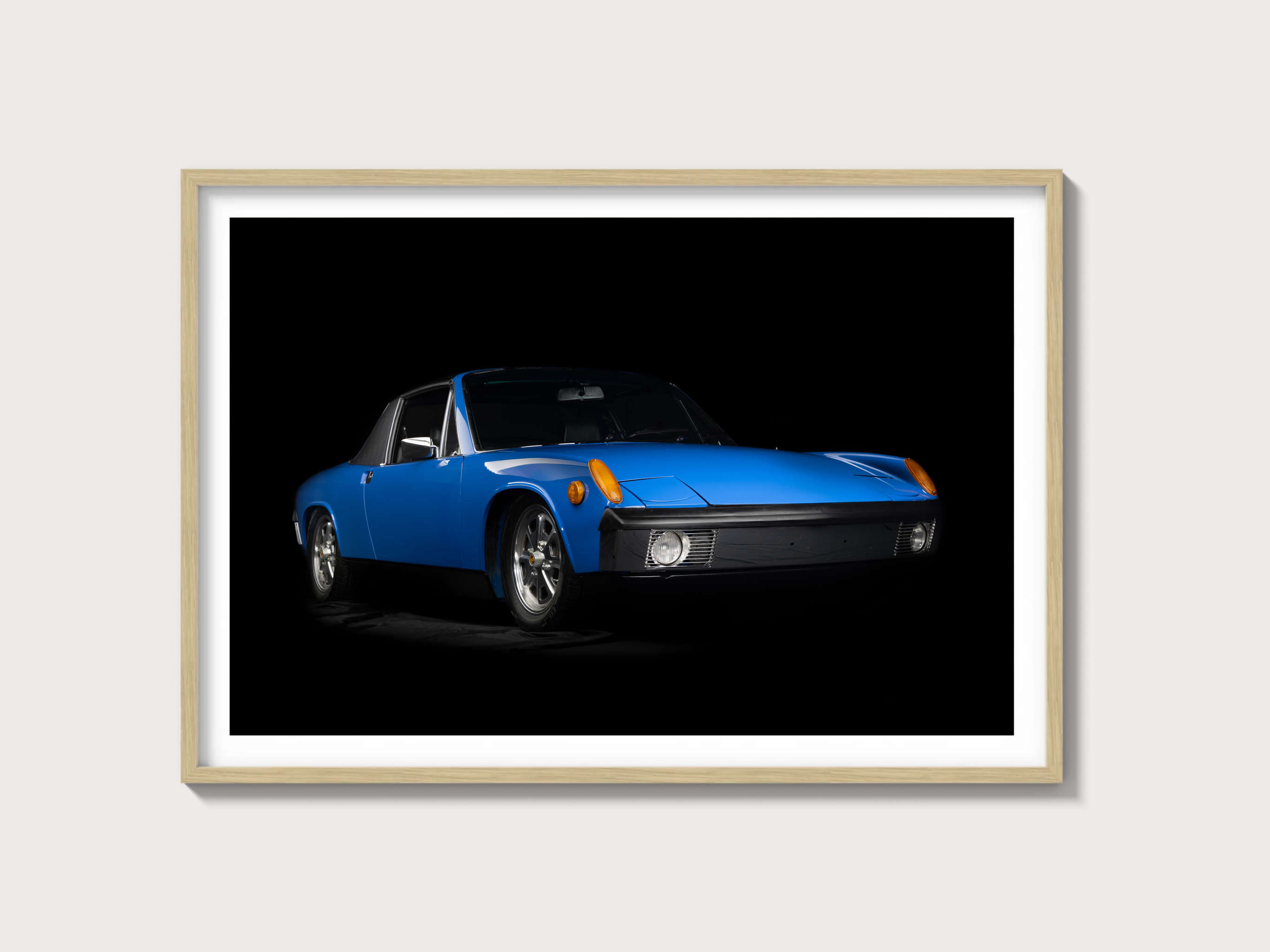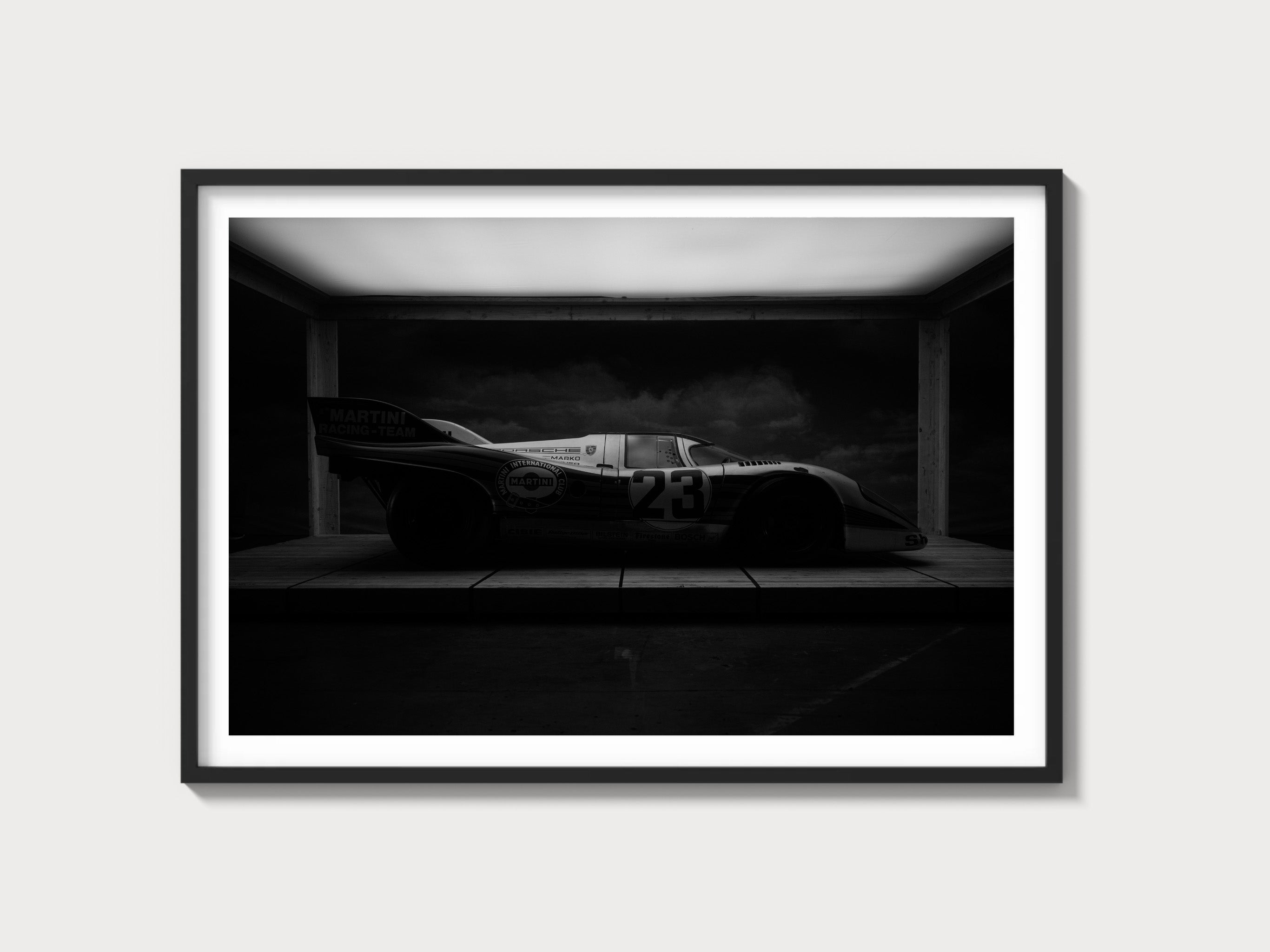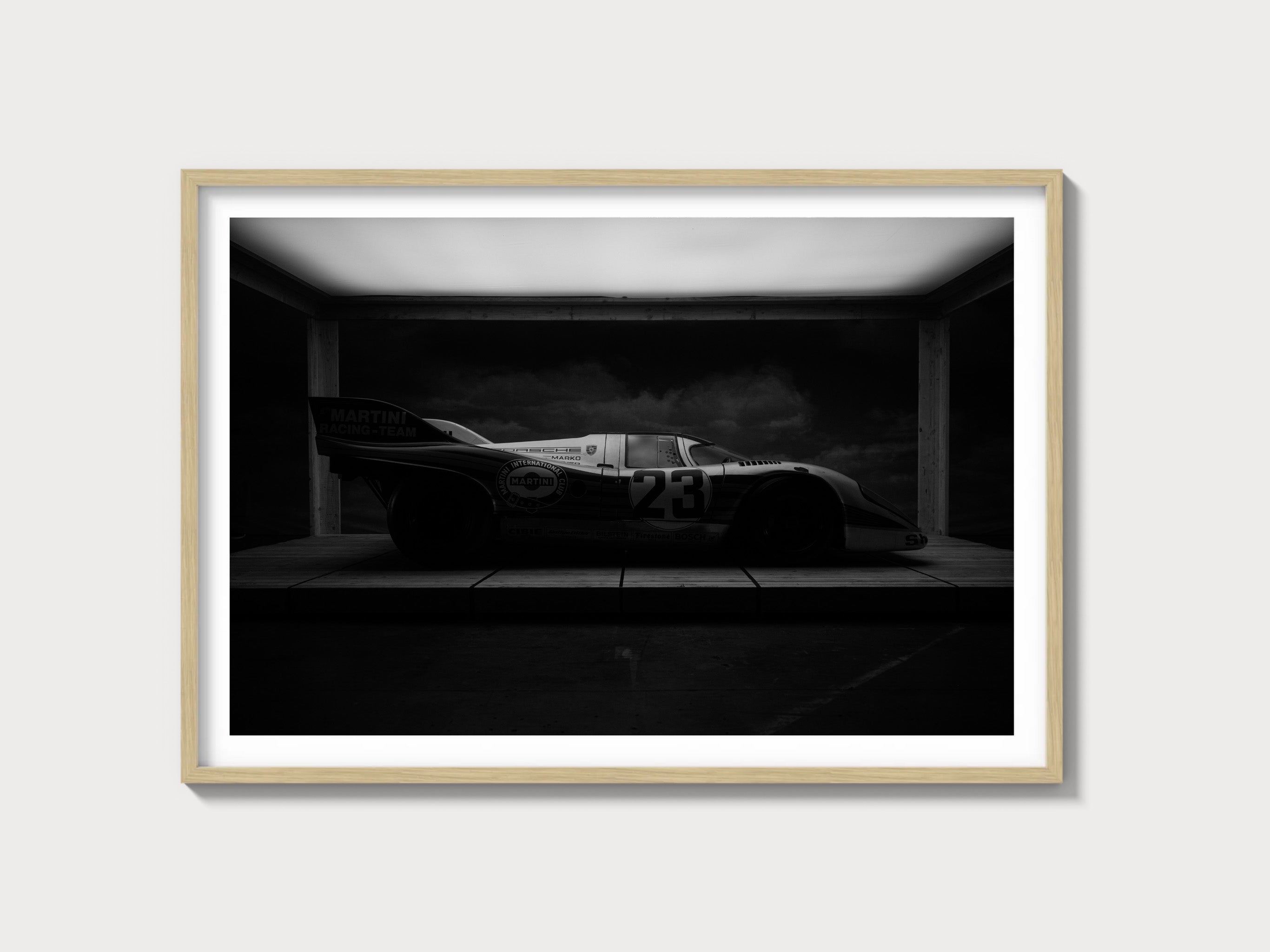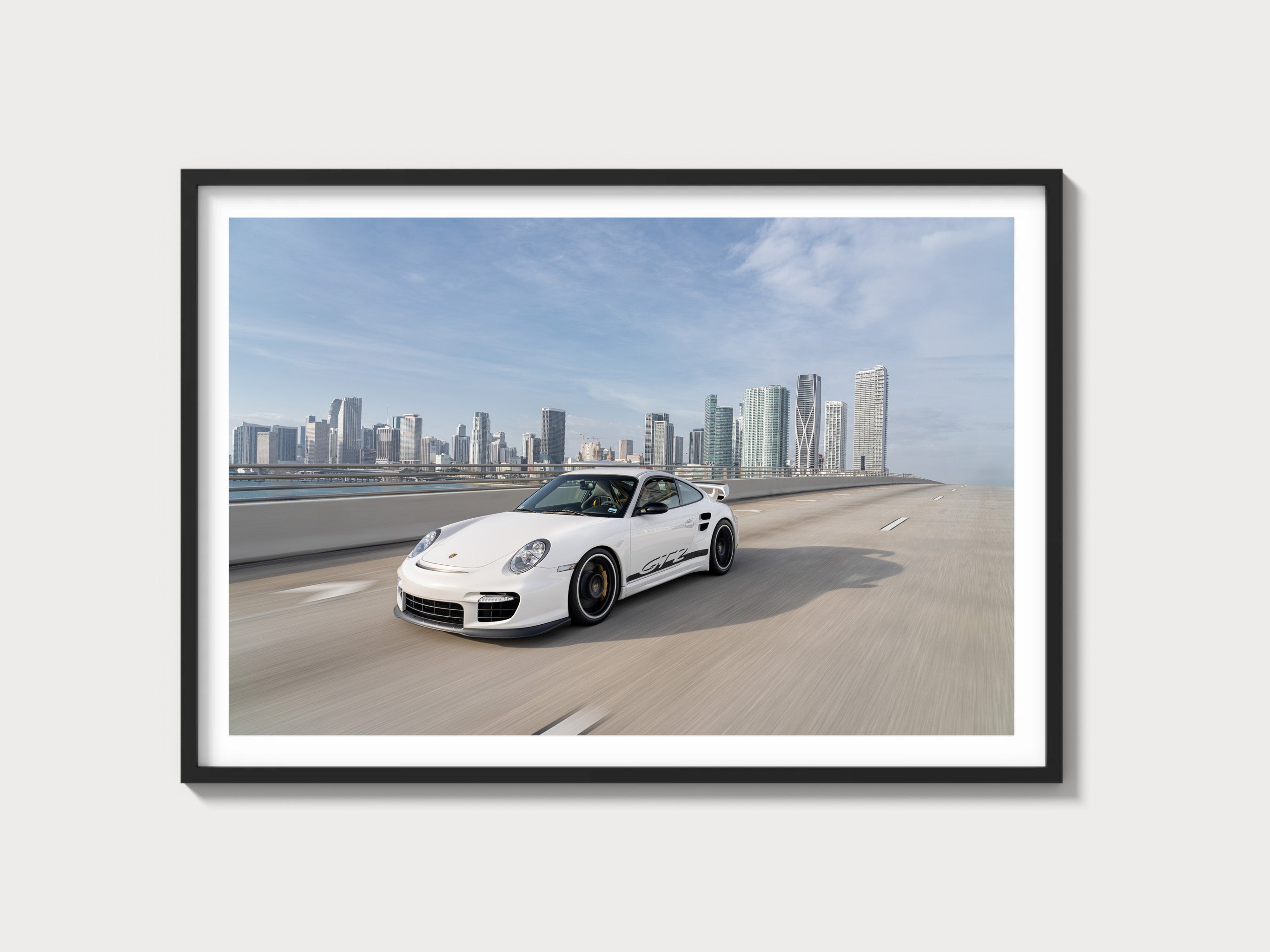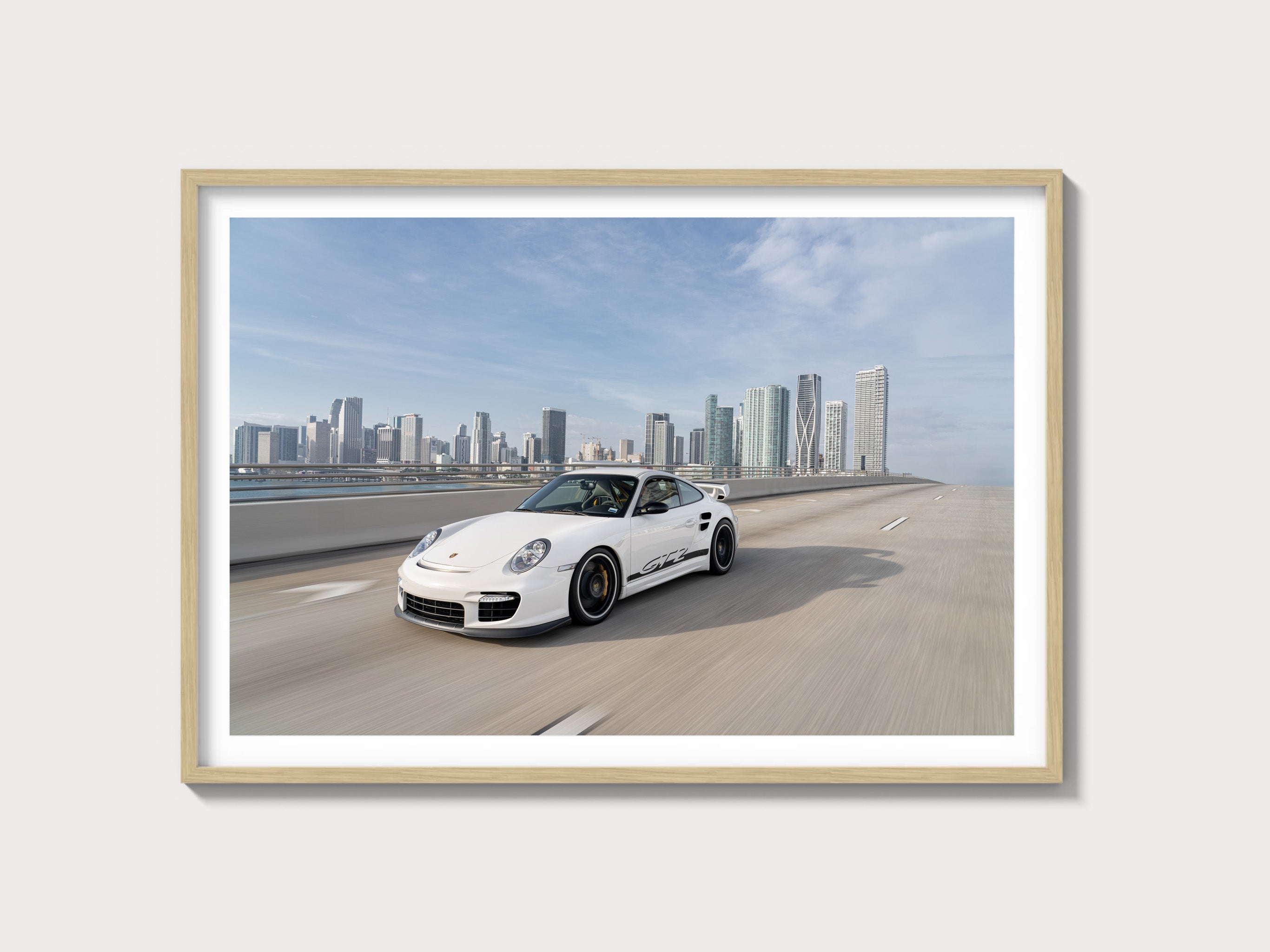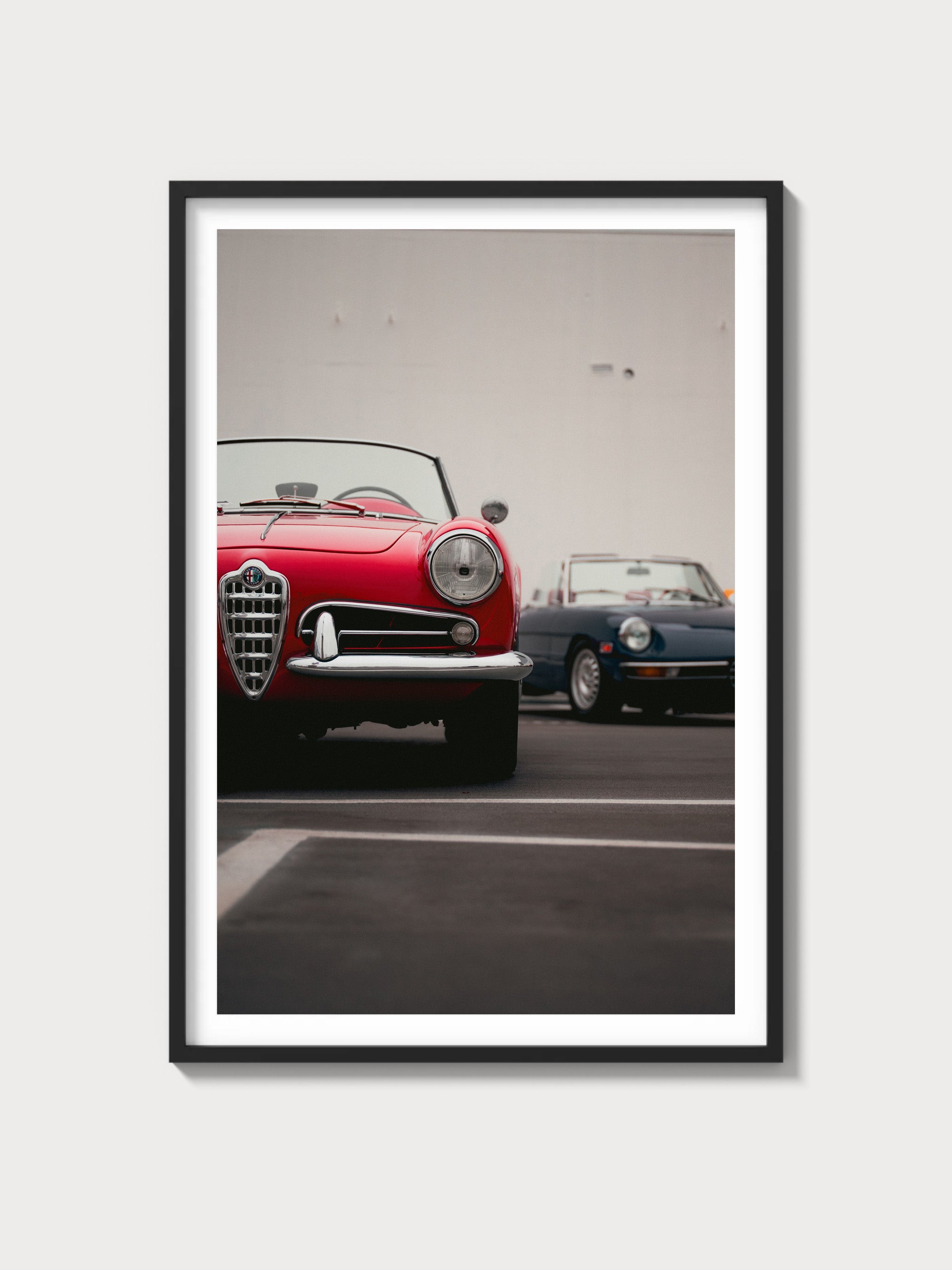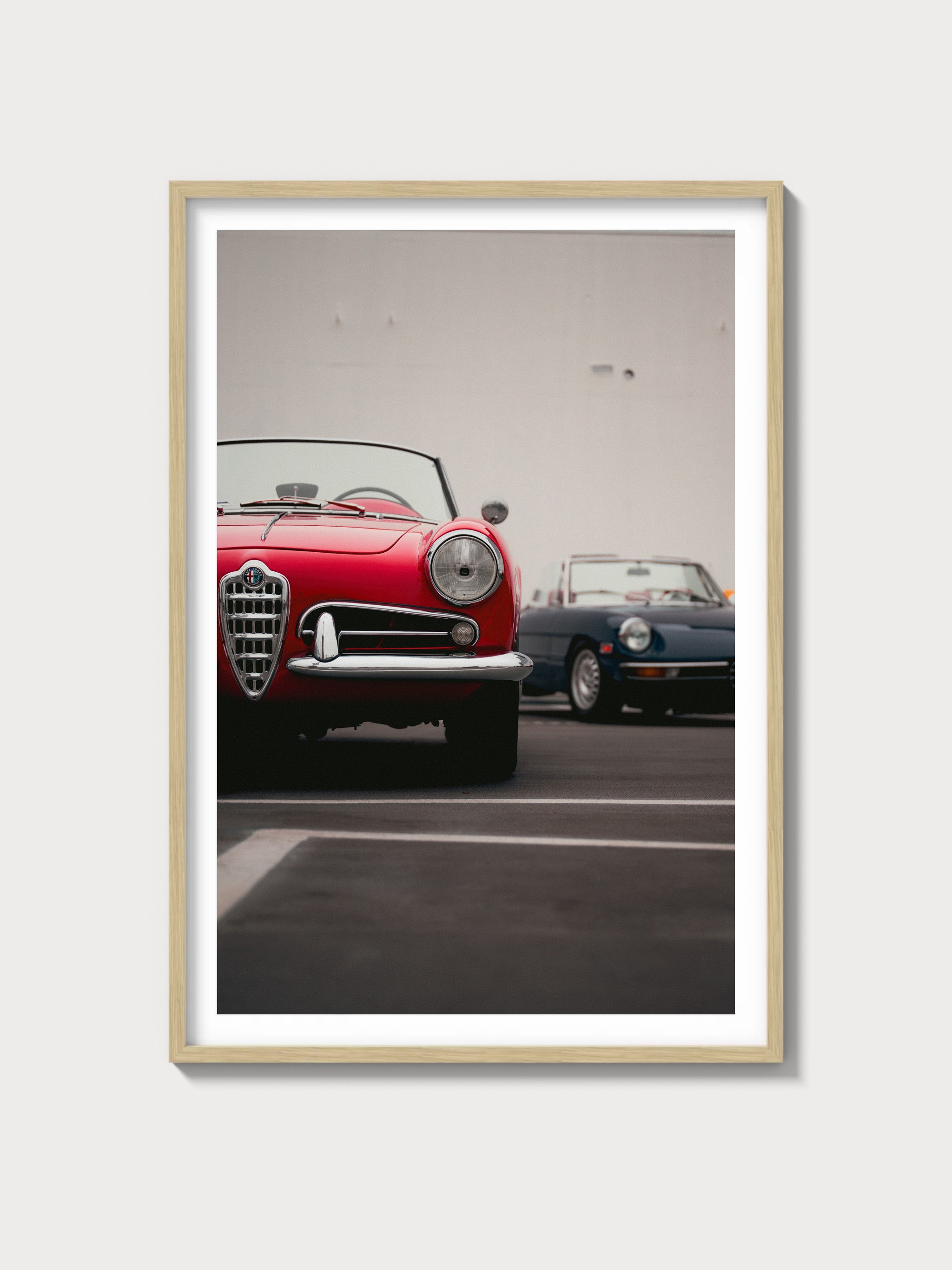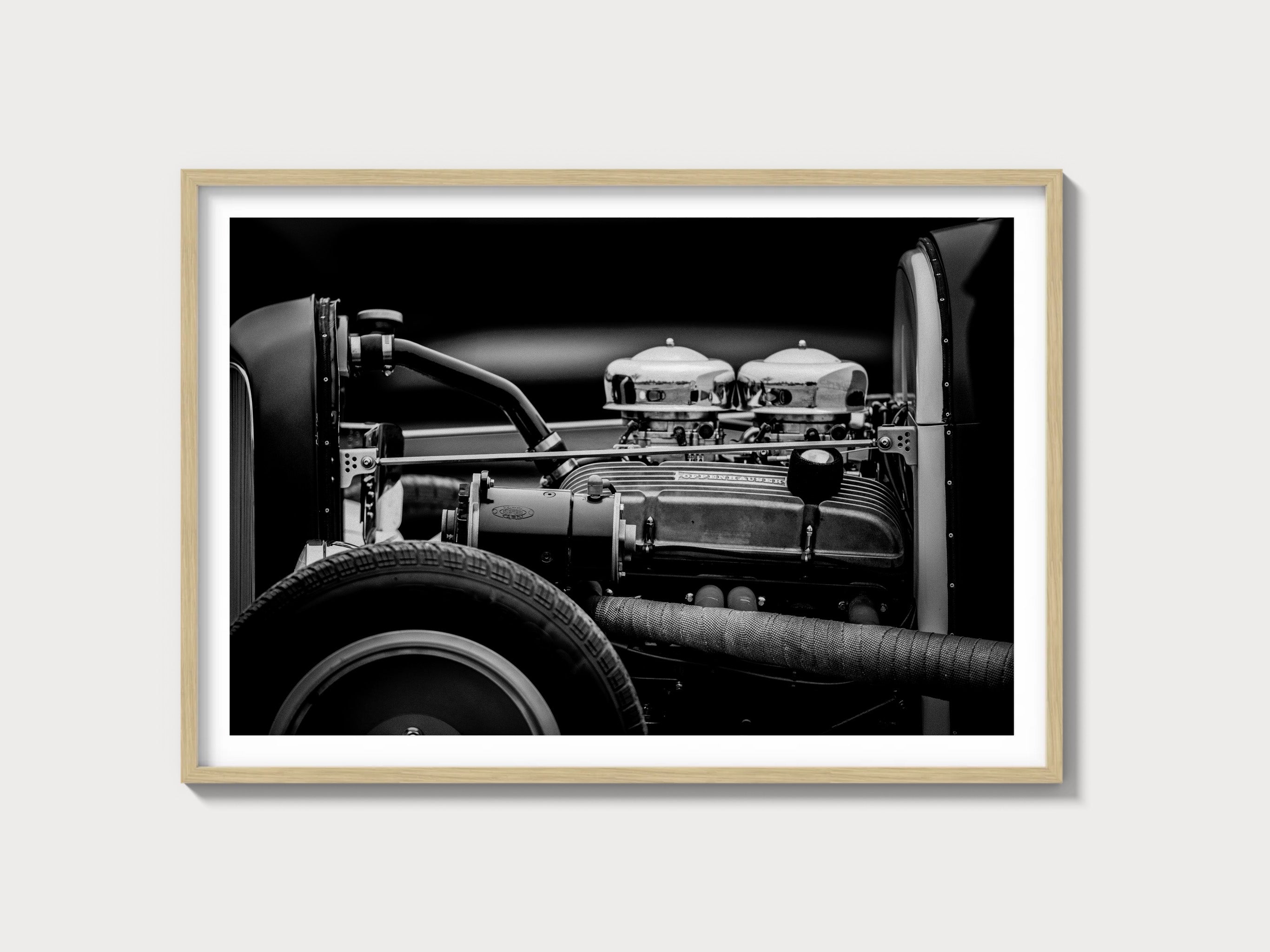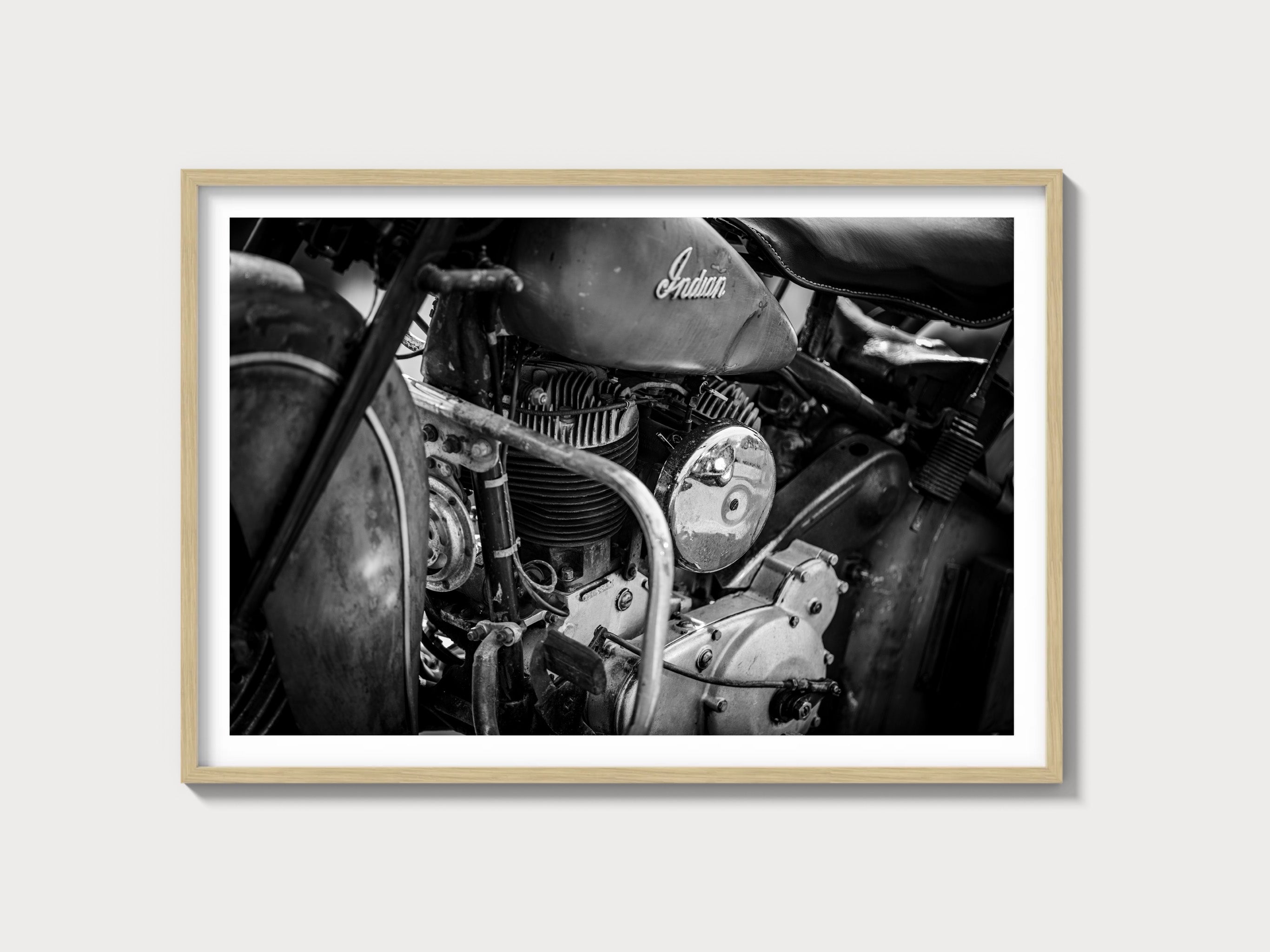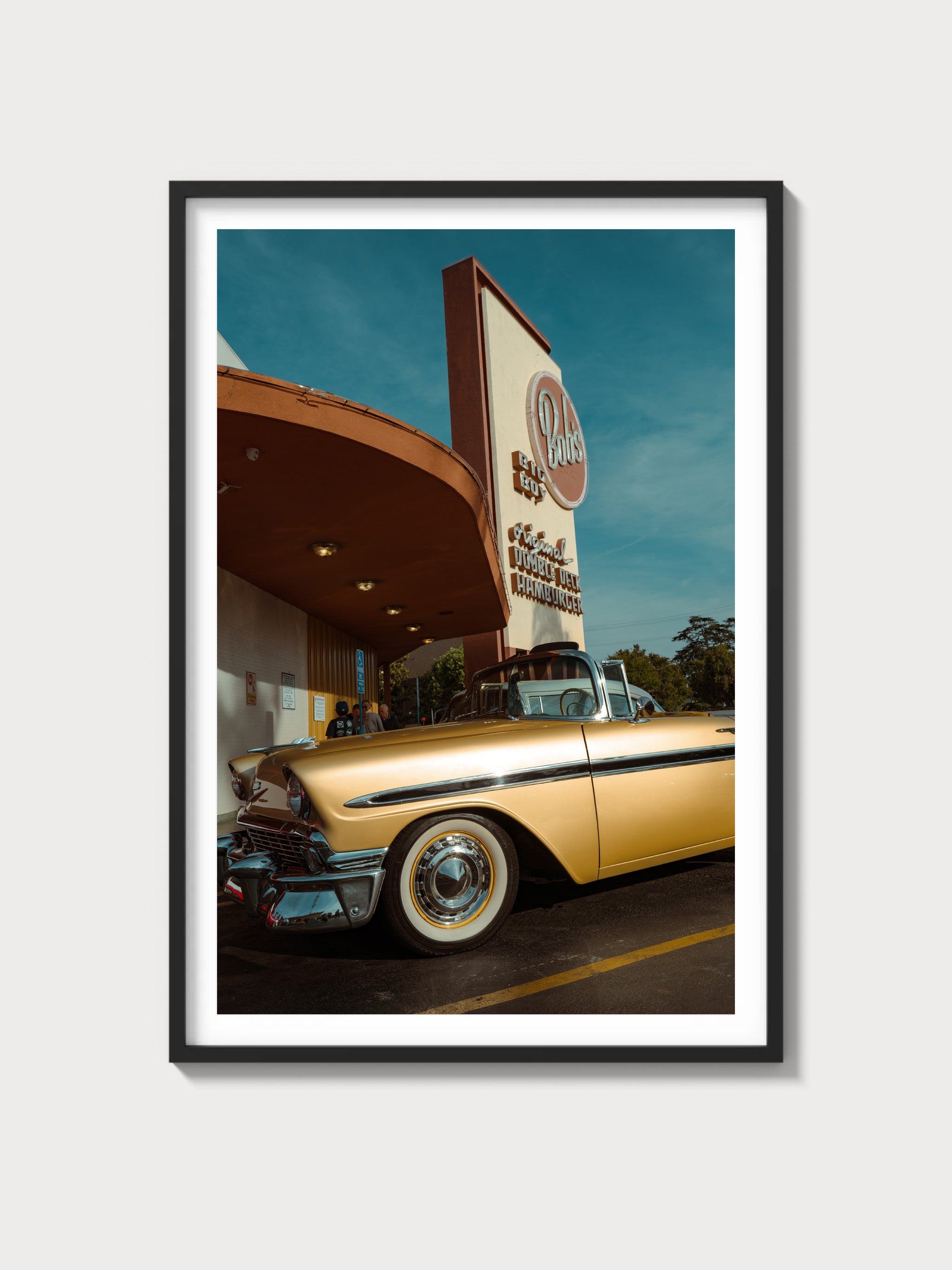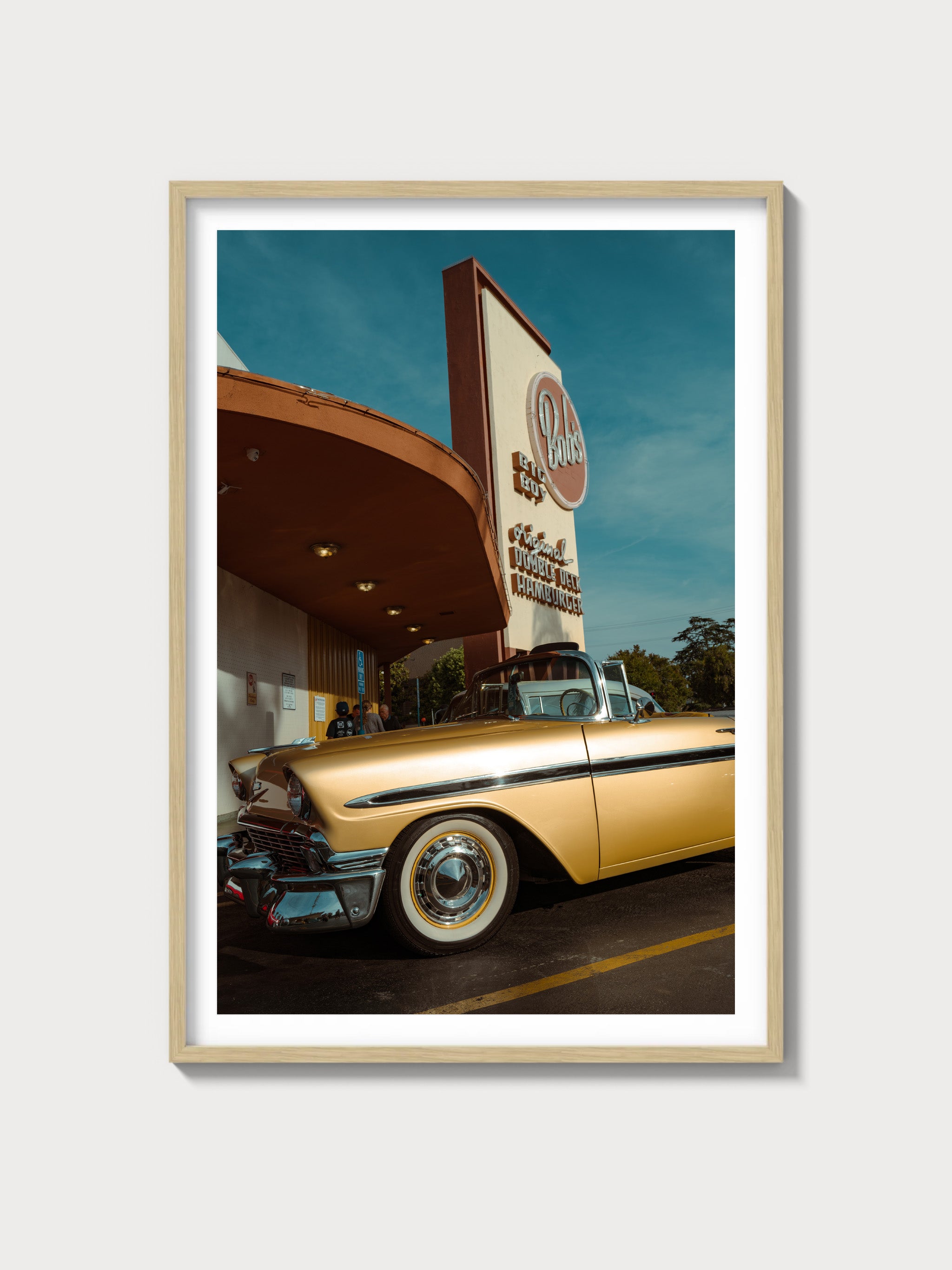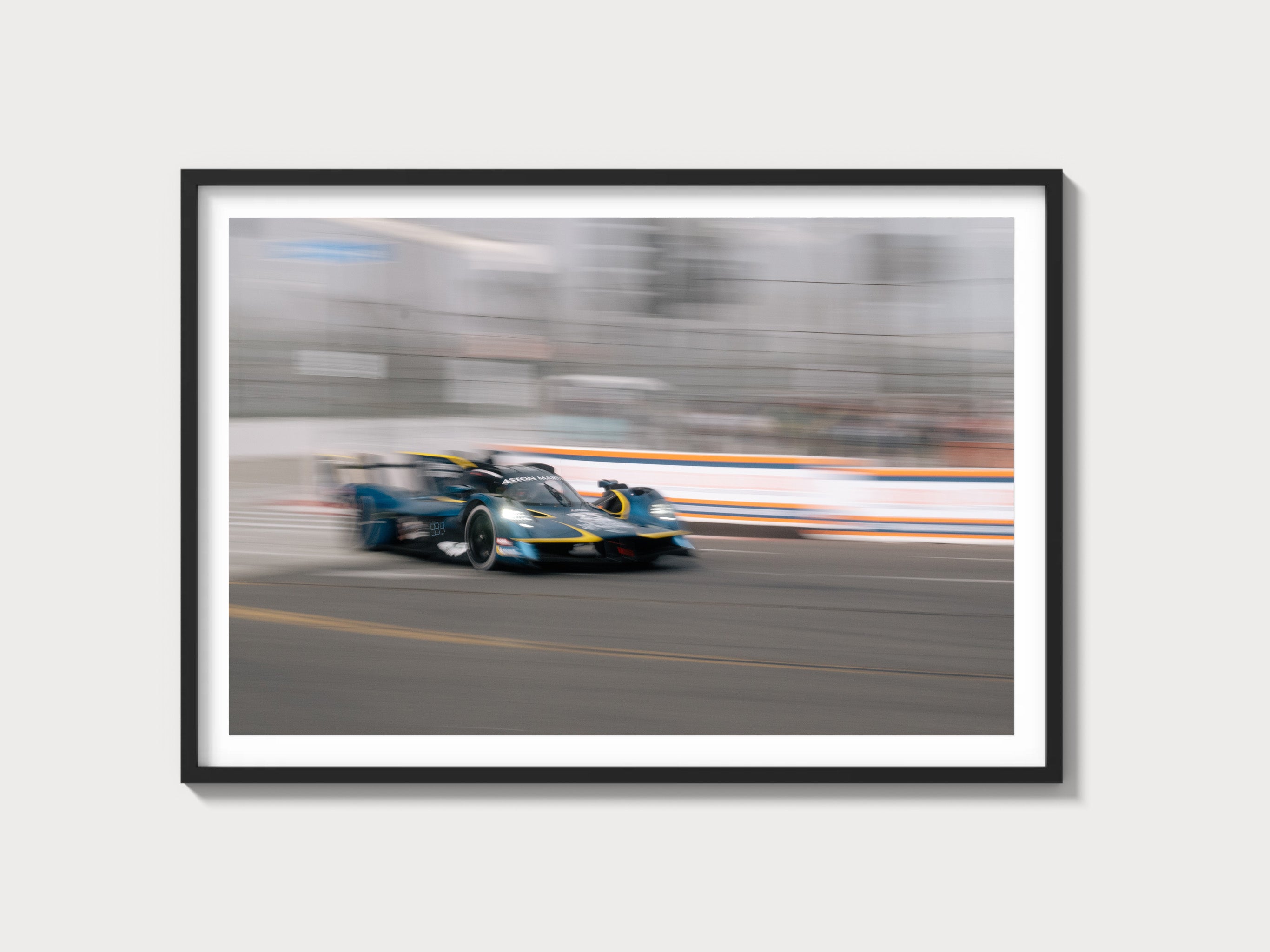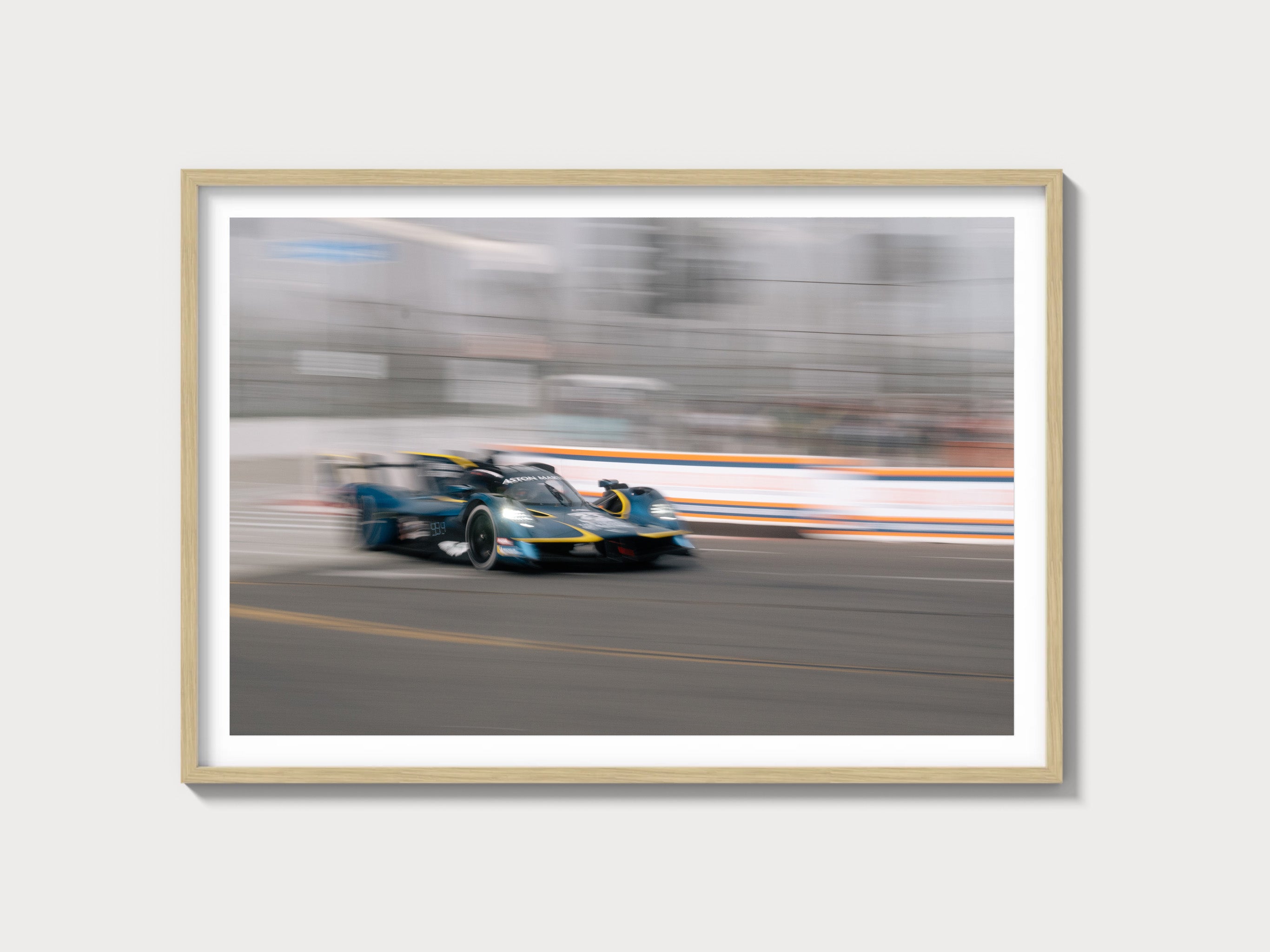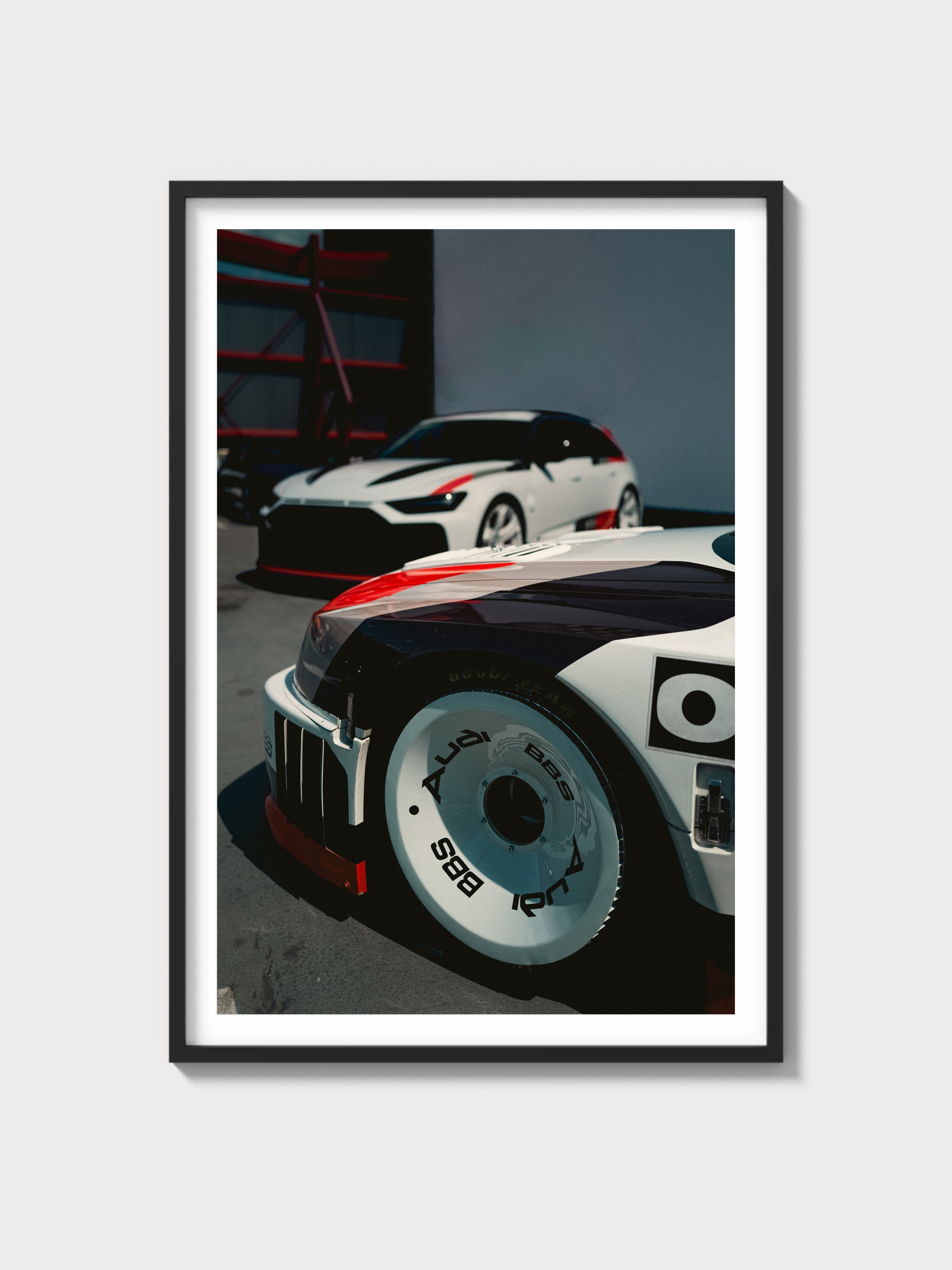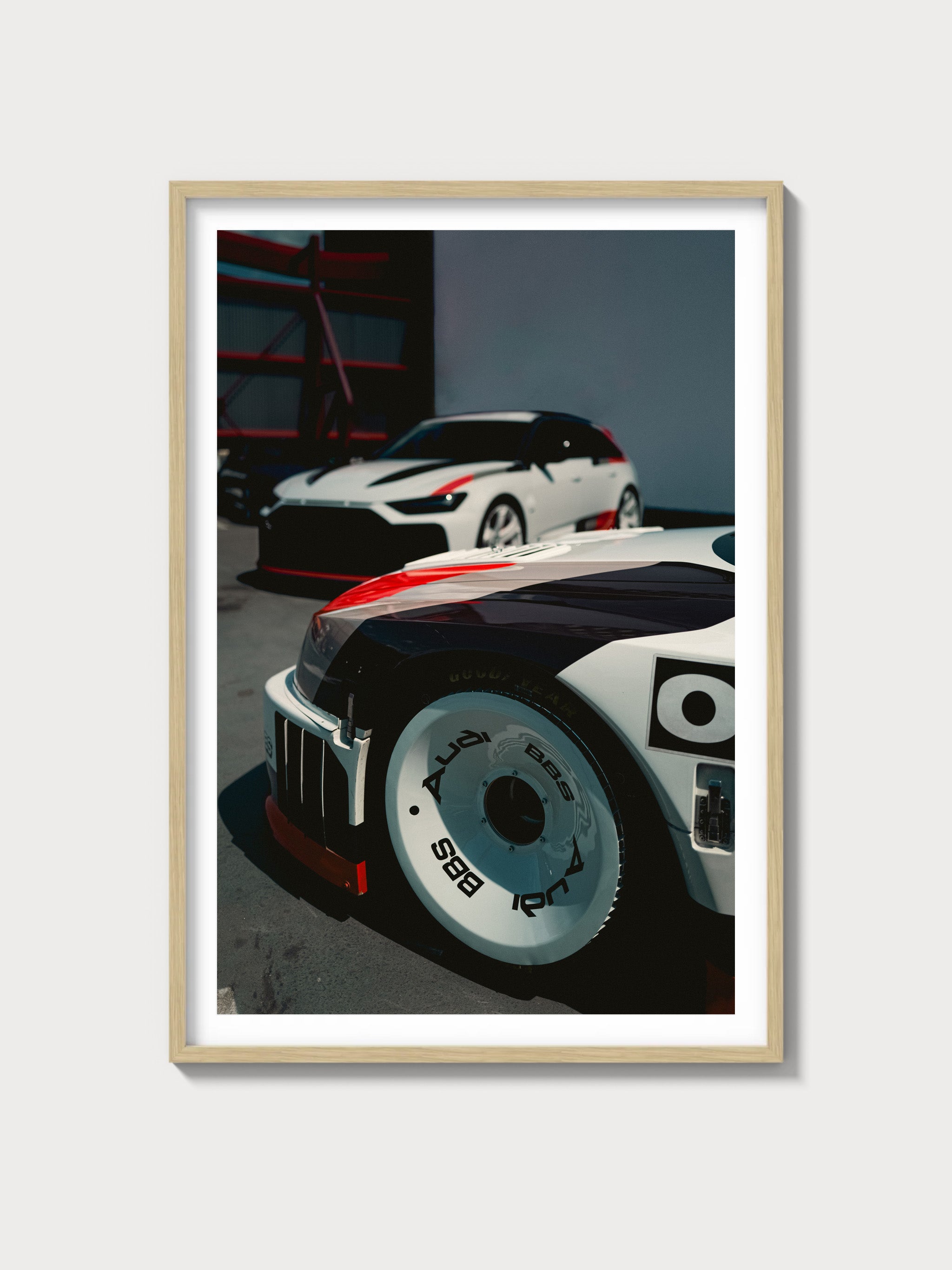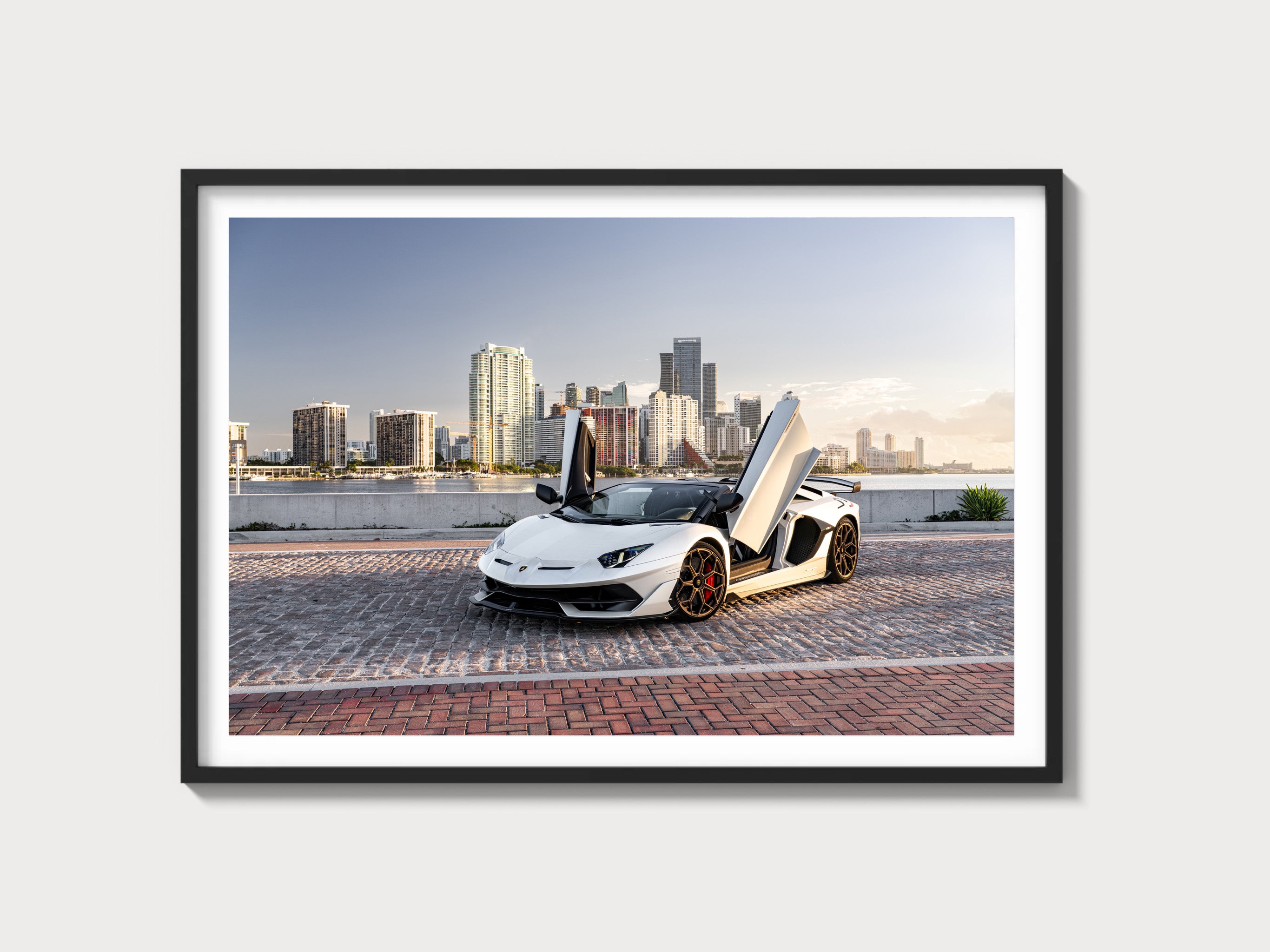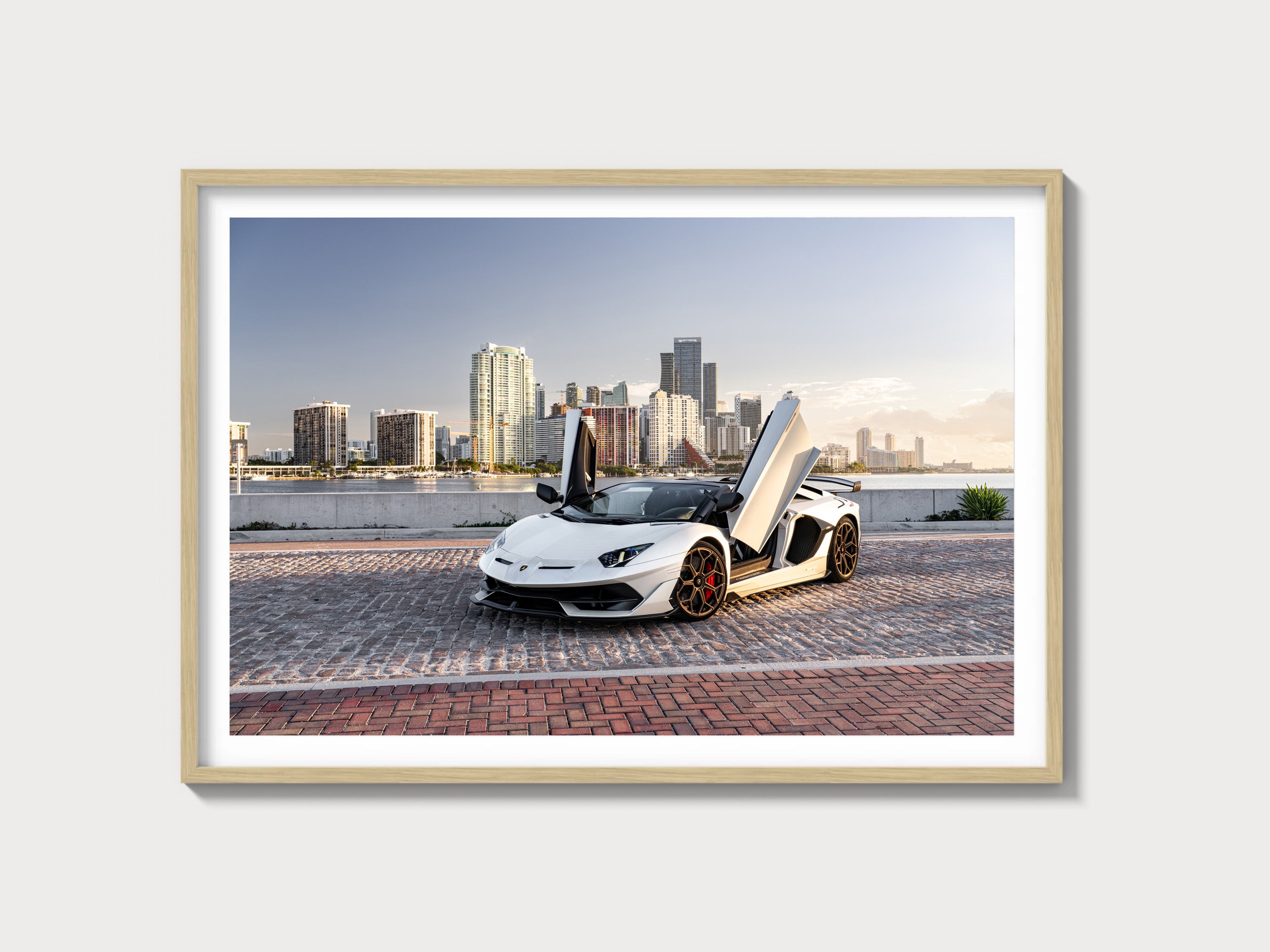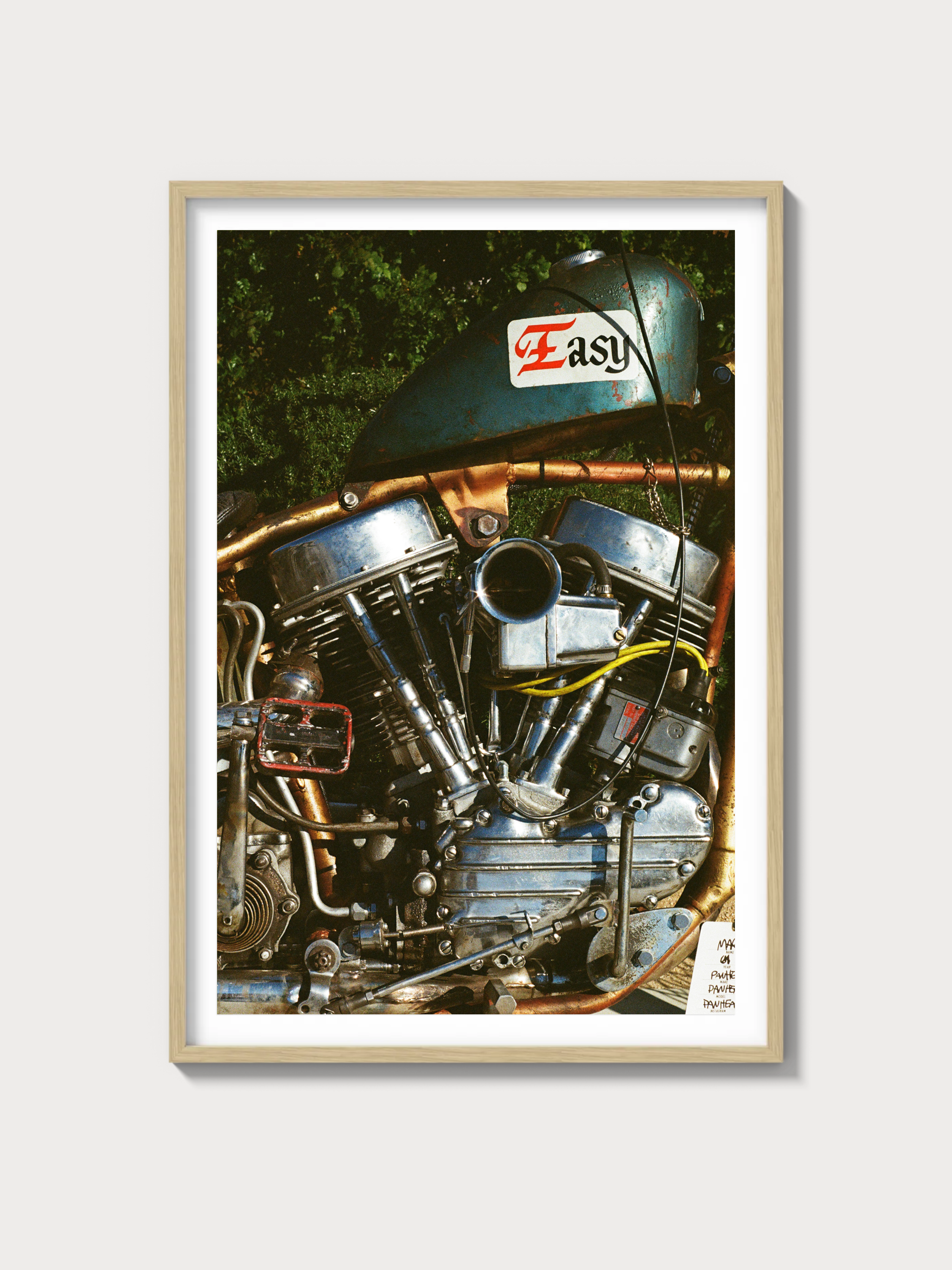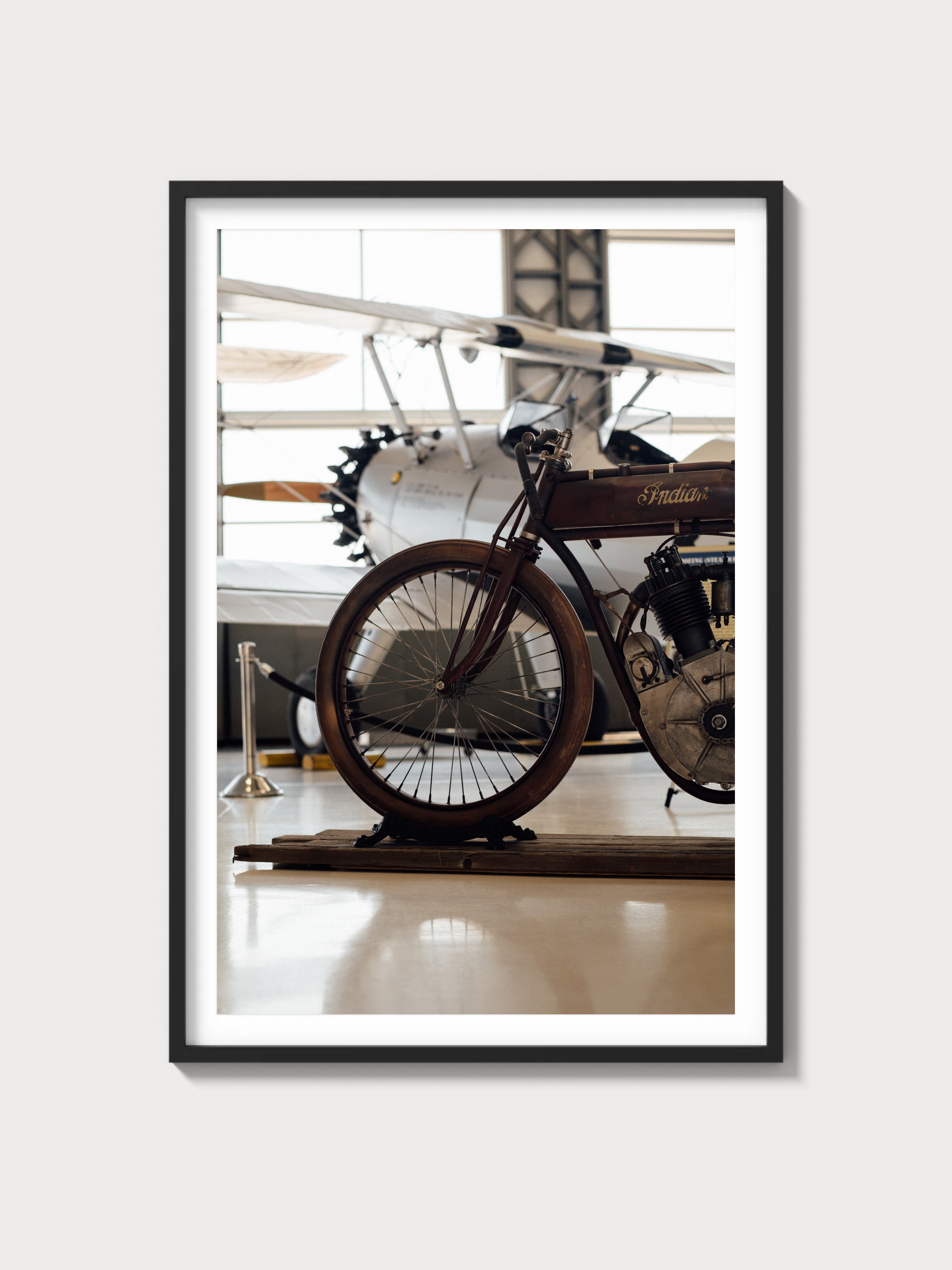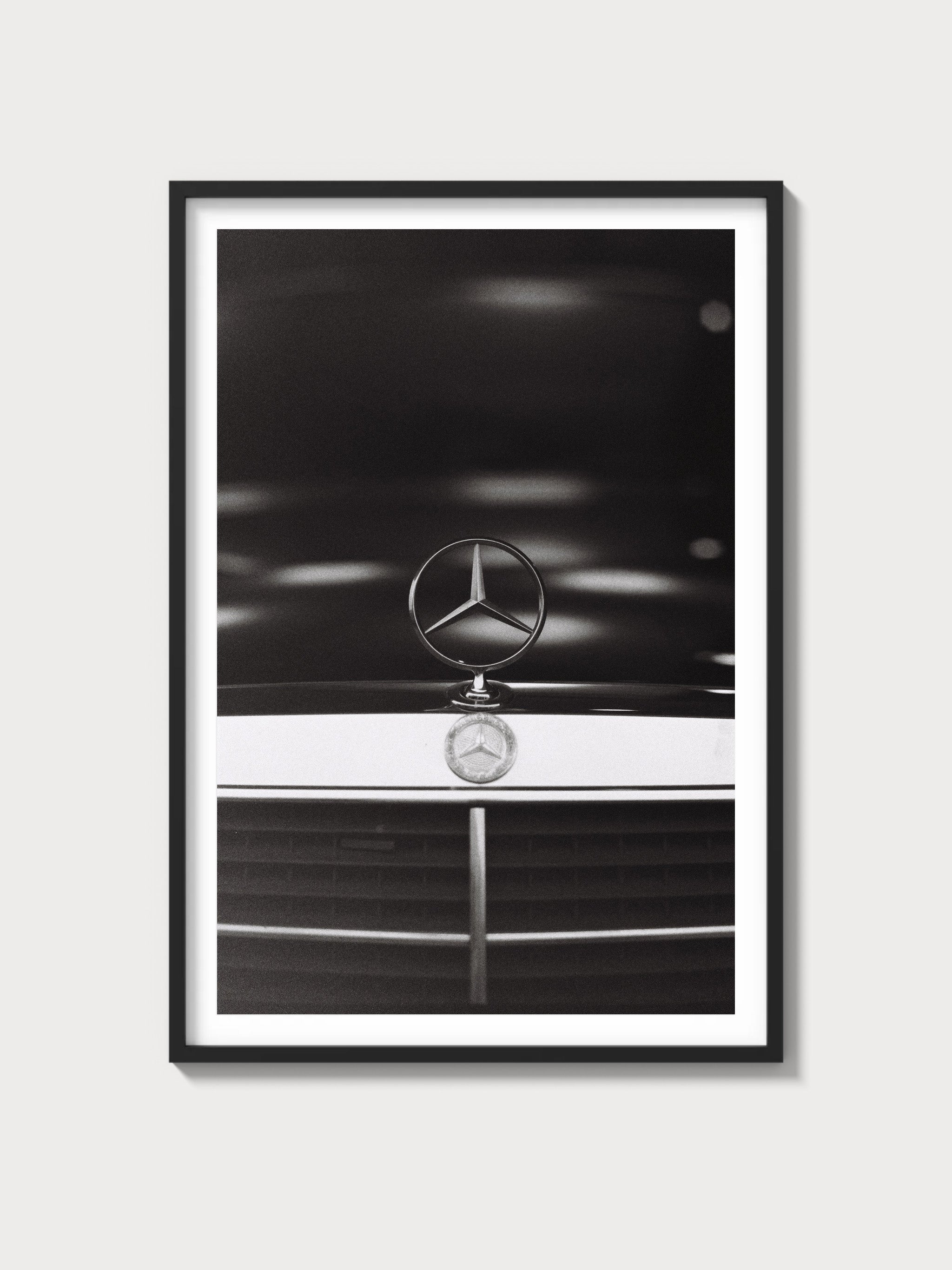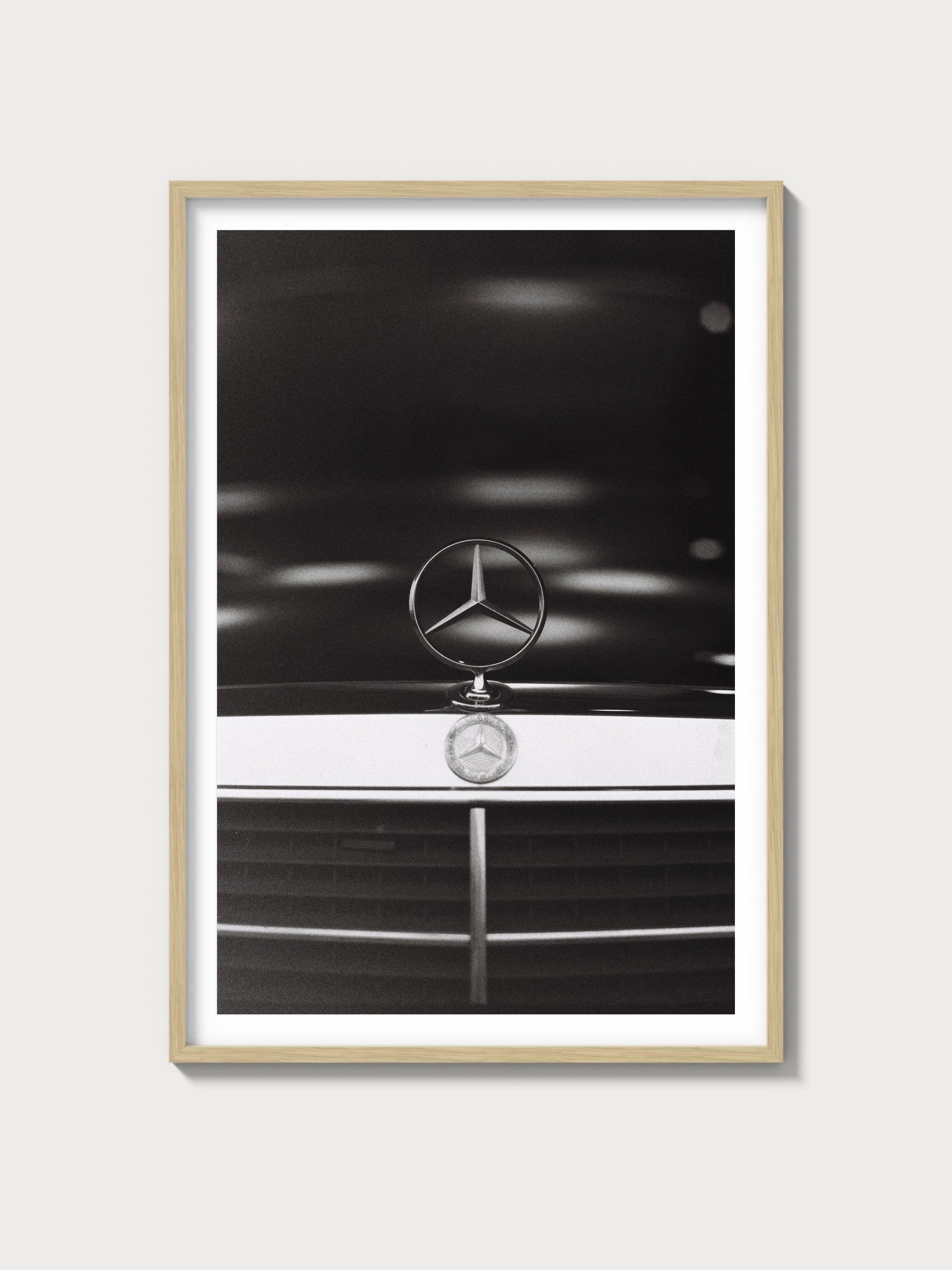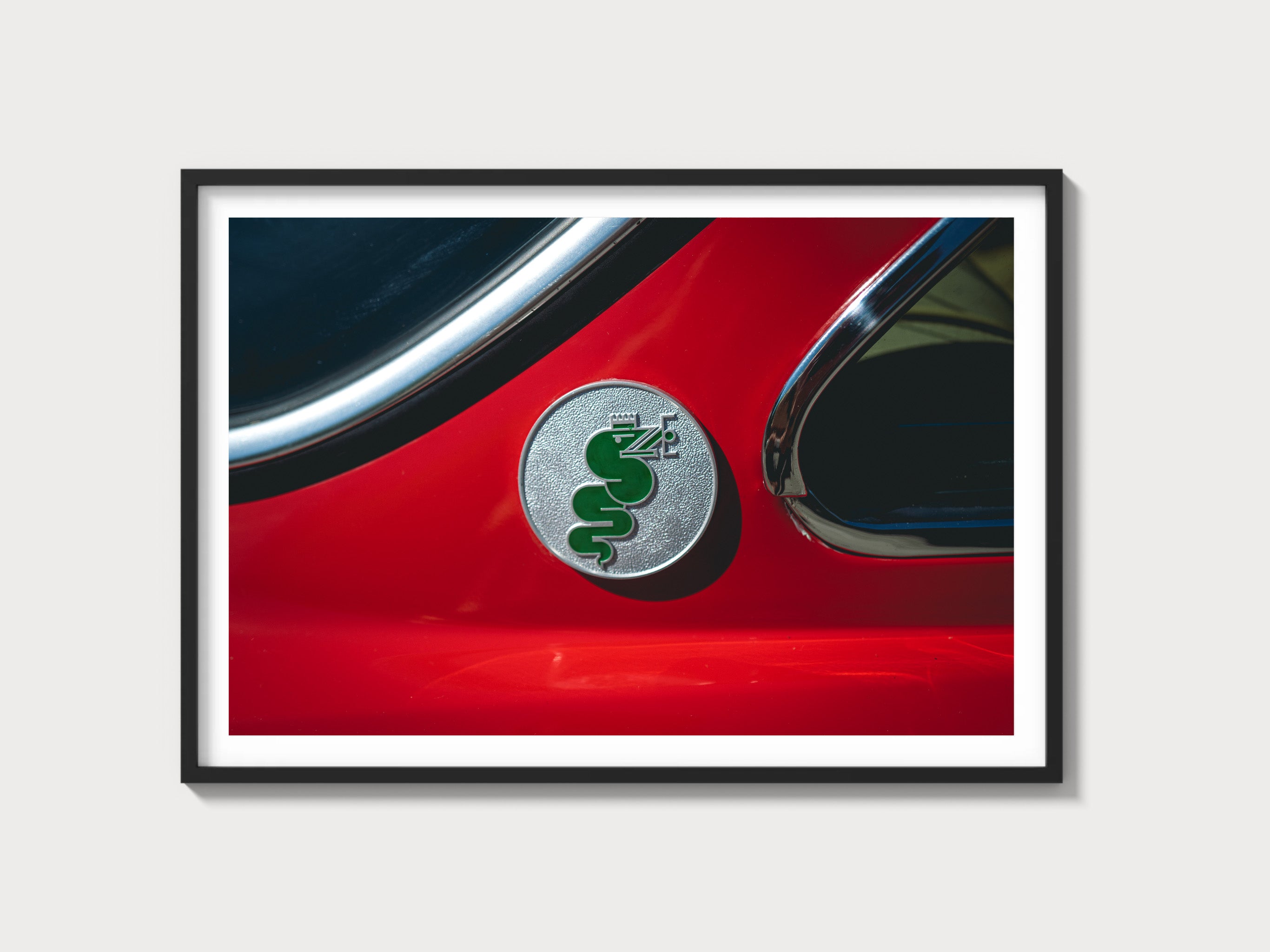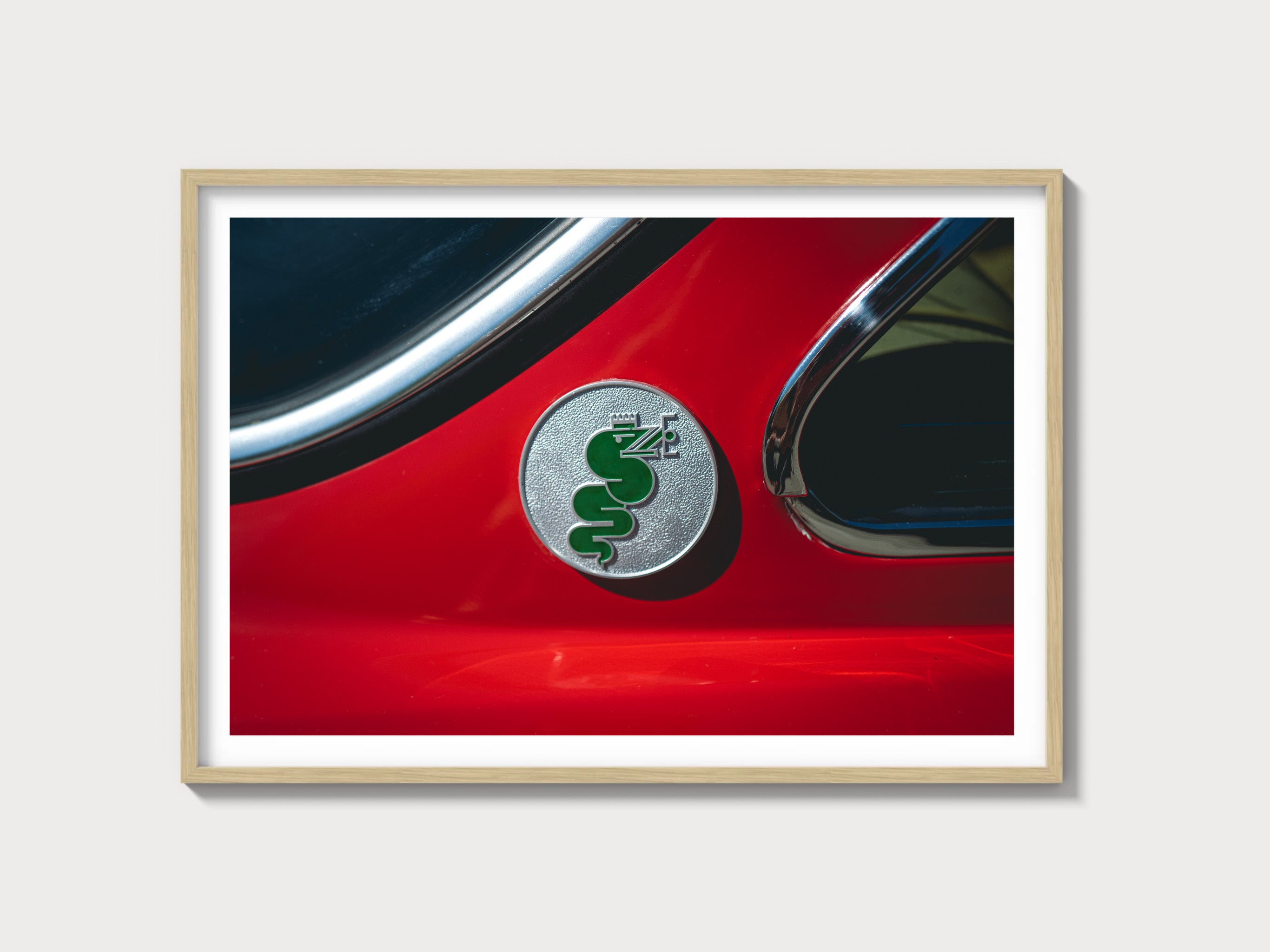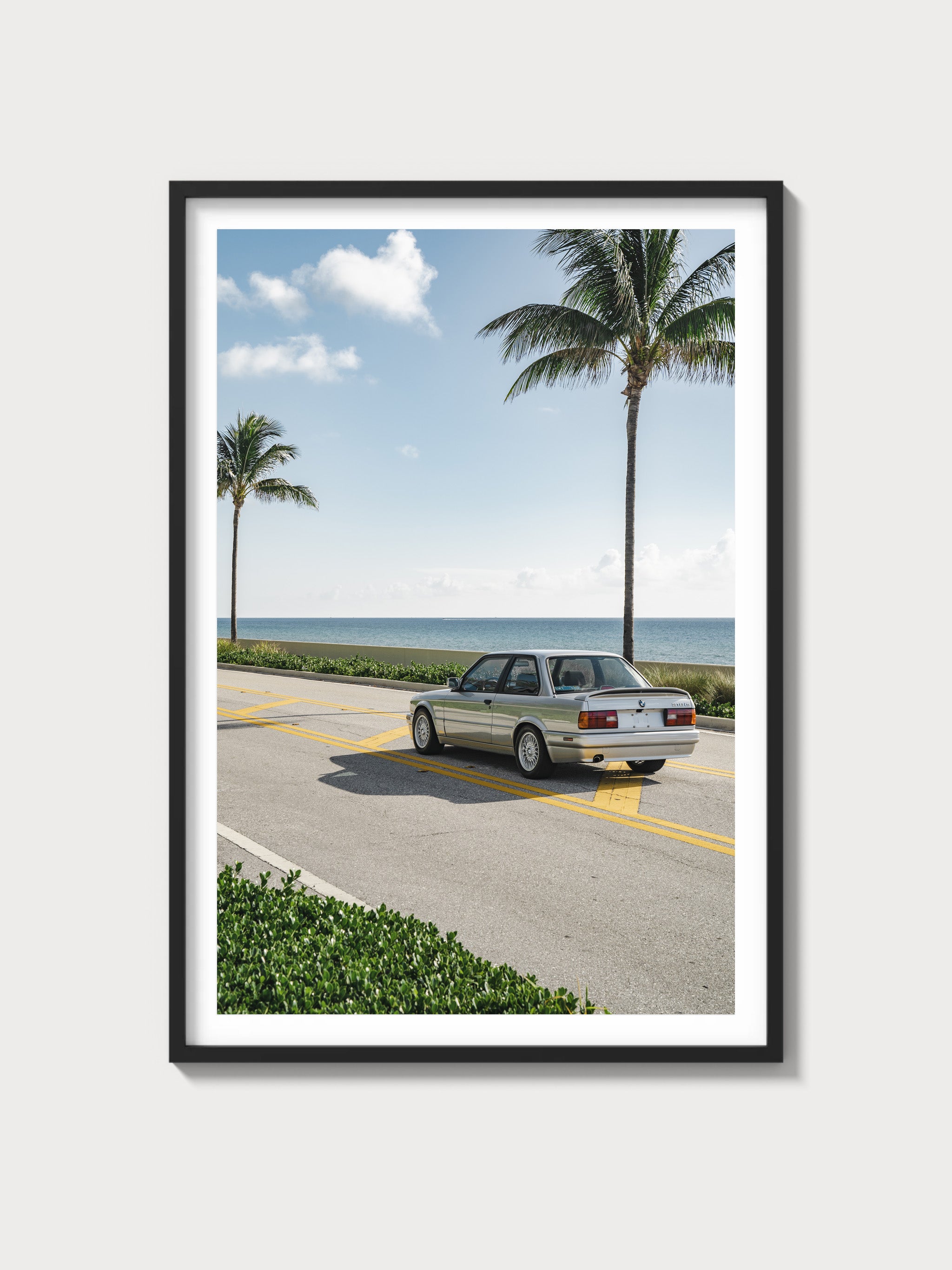Ferrari 365 GT4 BB: The Definitive History, Specs, and Legacy
Introduction: Ferrari’s Mid-Engine Supercar Dawn
In the illustrious lineage of Ferrari’s road cars, the 365 GT4 BB, introduced in 1973, stands as a groundbreaking icon—the marque’s first mid-engine 12-cylinder supercar. Powered by a 4.4-liter flat-12, this model saw 344 units crafted by Scaglietti, succeeding the front-engine 365 GTB/4 "Daytona". The "BB" (Berlinetta Boxer) name heralded a new era, blending ferocious performance with a radical mid-engine layout, challenging the era’s supercar elite.
The year 1973 was a transformative moment for Ferrari, its racing triumphs—250 GTO, Dino 308 GT4—fueling road car innovation. Unveiled at the 1973 Turin Motor Show, the 365 GT4 BB dazzled with its sleek, low-slung design. This exhaustive history, penned with a Ferrari historian’s precision, explores its technical brilliance, its revolutionary styling, its racing lineage, and its monumental legacy.
Historical Context: Ferrari’s Mid-Engine Revolution
The Ferrari 365 GT4 BB emerged during a bold era for Maranello. By 1973, Ferrari’s racing pedigree—365 GT4 2+2’s luxury, Daytona’s dominance—had cemented its stature, yet Enzo Ferrari sought to counter the rising mid-engine supercar trend led by Lamborghini’s Miura. The Daytona’s front-engine layout, while iconic, was outpaced by mid-engine designs in handling and balance. The 365 GT4 BB, with its flat-12 and mid-engine configuration, answered, targeting enthusiasts and collectors eager for Ferrari’s take on the supercar formula.
A total of 344 units were built (1973-1976)—all Scaglietti coupes, marking Ferrari’s return to mid-engine road cars since the Dino series. Chassis 16837, the prototype, debuted at Turin in November 1973, its wedge-shaped form a testament to Pininfarina’s vision. This was a car for the elite—European racers, American tycoons—its limited run reflecting Ferrari’s exclusivity amid Italy’s early-1970s economic turbulence.
The broader context of 1973 shaped its purpose. Europe’s supercar market thrived—Lamborghini Miura, Porsche 911 Turbo—while America’s performance scene evolved under stricter regulations. The 365 GT4 BB bridged Ferrari’s racing heritage, rooted in the 275 GTB, with a cutting-edge road-going supercar.
Technical Specifications: The Flat-12’s Ferocious Power
The Ferrari 365 GT4 BB’s soul was its 4.4-liter flat-12—a revolutionary engine that redefined Ferrari’s performance envelope. Below, we dissect its engineering with historian’s detail.
Engine: The 4.4-Liter Flat-12 Debut
Displacing 4,390 cc (bore 81 mm, stroke 71 mm), the BB’s flat-12 was a mid-mounted, all-aluminum unit derived from Ferrari’s racing engines, with a 180-degree V-angle. Featuring double overhead camshafts per bank, a 9.2:1 compression ratio, and four Weber 40 IF3C carburetors, it produced 380 horsepower at 7,500 rpm (European spec) or 344 hp at 7,200 rpm (US spec, detuned for emissions)—a leap over the Daytona’s 352 hp. Weighing 320 lbs, it delivered 333 lb-ft of torque at 5,500 rpm.
This engine was a supercar titan. Chassis 17543, a 1974 model, showcased its ferocious power, blending race-bred intensity with road usability.
Performance: Supercar Speed
The 365 GT4 BB reached 188 mph (302 km/h)—verified by Autocar’s 1974 test—surpassing the Daytona’s 174 mph, with a 0-60 mph time of ~5.4 seconds. Its power-to-weight ratio (309 hp/ton European, 280 hp/ton US) outpaced the Daytona (260 hp/ton), leveraging its mid-engine balance.
Chassis and Suspension: Mid-Engine Agility
The chassis was a tubular steel spaceframe, weighing 1,230 kg (2,712 lbs)—lighter than the Daytona’s 1,350 kg due to its compact design. Its 2,500 mm wheelbase (100 mm longer than the Daytona) optimized balance, with fully independent suspension—double wishbones with coil springs front and rear—delivering razor-sharp handling.
Transmission and Brakes: Precision Power
A 5-speed manual gearbox—synchronized, mid-mounted—drove the rear wheels, its ratios (1st: 2.64, 5th: 0.96) favoring high-speed performance. Braking relied on 14-inch ventilated disc brakes, delivering 1.1g deceleration—exceptional for its era.
| Specification | Details |
|---|---|
| Engine | 4.4L Flat-12, 380 hp @ 7,500 rpm (344 hp US) |
| Displacement | 4,390 cc (81 mm x 71 mm) |
| Top Speed | ~188 mph (302 km/h) |
| 0-60 mph | ~5.4 seconds |
| Weight | 1,230 kg (2,712 lbs) |
| Transmission | 5-speed manual, mid-engine |
| Suspension (Front) | Double wishbone, coil springs |
| Suspension (Rear) | Double wishbone, coil springs |
| Brakes | Ventilated discs, 14-inch |
Design and Styling: Pininfarina’s Wedge-Shaped Vision
The Ferrari 365 GT4 BB’s aesthetic was a revolutionary leap, crafted by Scaglietti under Pininfarina’s design.
Exterior: Sleek Supercar Form
Scaglietti built all 344 units—chassis 16837 featured a low nose, sharp wedge profile, and pop-up headlights, finished in Rosso Corsa. Its 2,500 mm wheelbase and steel body (with aluminum panels) offered a sleek, aggressive stance, with air vents accentuating its mid-engine layout.
Interior: Spartan Supercar Cockpit
The cabin was a driver’s lair: leather bucket seats (black or tan), a gated shifter, and Veglia gauges—tachometer (9,000 rpm redline), speedometer, oil pressure. Chassis 17543’s minimalist interior, with basic trim, prioritized performance over luxury, contrasting the 365 GT4 2+2.
Production and Variants: A Limited Supercar Run
The Ferrari 365 GT4 BB’s 344-unit run (1973-1976) was a focused production—all Scaglietti coupes, with no major variants beyond early prototypes and US-spec updates (e.g., emissions gear). Chassis 16837 launched the series, while 19781 closed it, transitioning to the 512 BB. Its exclusivity underscored its supercar status.
Performance and Racing Legacy: A Road-Bred Titan
The Ferrari 365 GT4 BB racing history was limited, its road focus paramount. Chassis 17143, tuned to 400 hp, ran the 1975 Le Mans 24 Hours, placing mid-field among privateers. Its true realm was the open road—Autostrada, mountain passes—where its 188 mph top speed and mid-engine agility reigned supreme.
Ownership and Market Value: A Supercar Icon
The Ferrari 365 GT4 BB value reflects its rarity and prestige. Early owners included European racers and U.S. collectors. Today, prices range $300,000-$450,000—chassis 16837 sold for $425,000 at Bonhams 2023. Restoration costs—flat-12 rebuilds at $200,000—highlight its elite status.
Cultural Impact: Ferrari’s Mid-Engine Trailblazer
The 365 GT4 BB launched Ferrari’s mid-engine supercar lineage, its flat-12 and Pininfarina design influencing the 512 BB and Testarossa. In 1970s lore, it’s the car of raw speed and daring style, a cornerstone of Maranello’s supercar evolution.
Comparisons: Ferrari 365 GT4 BB vs Rivals
The Ferrari 365 GT4 BB vs Lamborghini Miura pits 380 hp flat-12 against 385 hp V12—Ferrari led in balance, Miura in flair. The Porsche 911 Turbo (260 hp) trailed in power but matched in agility.
| Model | Engine | Power | Weight | Top Speed |
|---|---|---|---|---|
| Ferrari 365 GT4 BB | 4.4L Flat-12 | 380 hp | 1,230 kg | ~188 mph |
| Lamborghini Miura | 3.9L V12 | 385 hp | 1,292 kg | ~171 mph |
| Porsche 911 Turbo | 3.0L Flat-6 | 260 hp | 1,200 kg | ~155 mph |
Frequently Asked Questions
What was the Ferrari 365 GT4 BB?
A 1973 4.4L flat-12 mid-engine supercar.
How many were made?
344 units.
What engine powered it?
4,390 cc flat-12, 380 hp (344 hp US).
Did it race?
Rarely—built for road use, with privateer runs.
What’s its value?
$300,000-$450,000.

